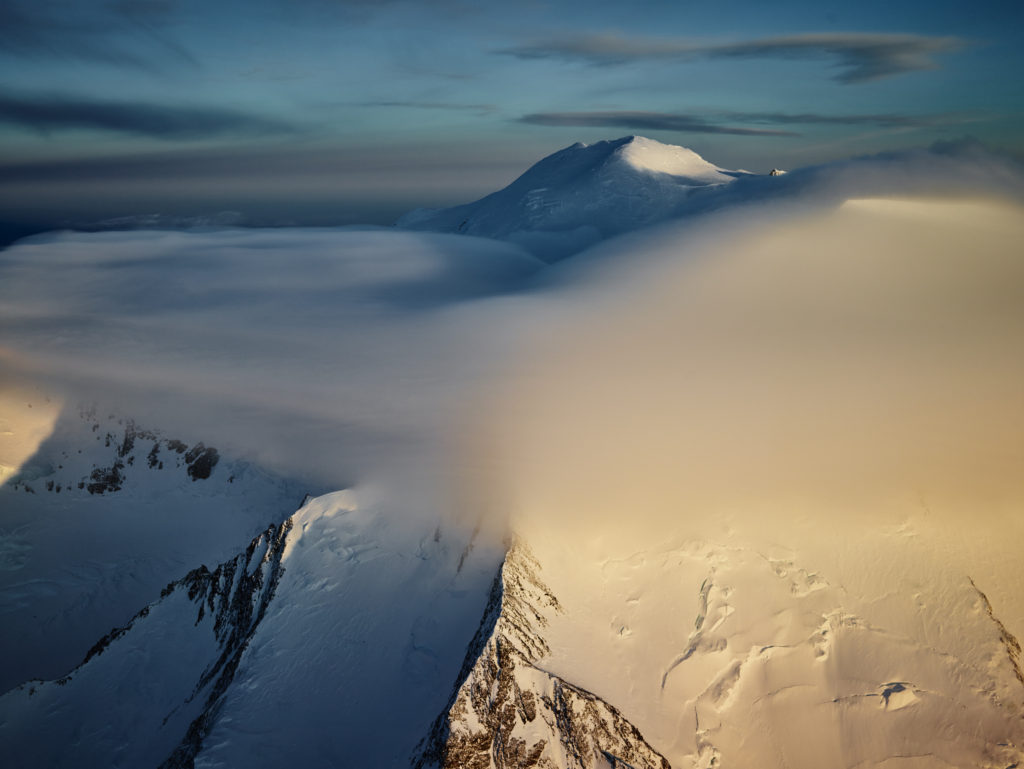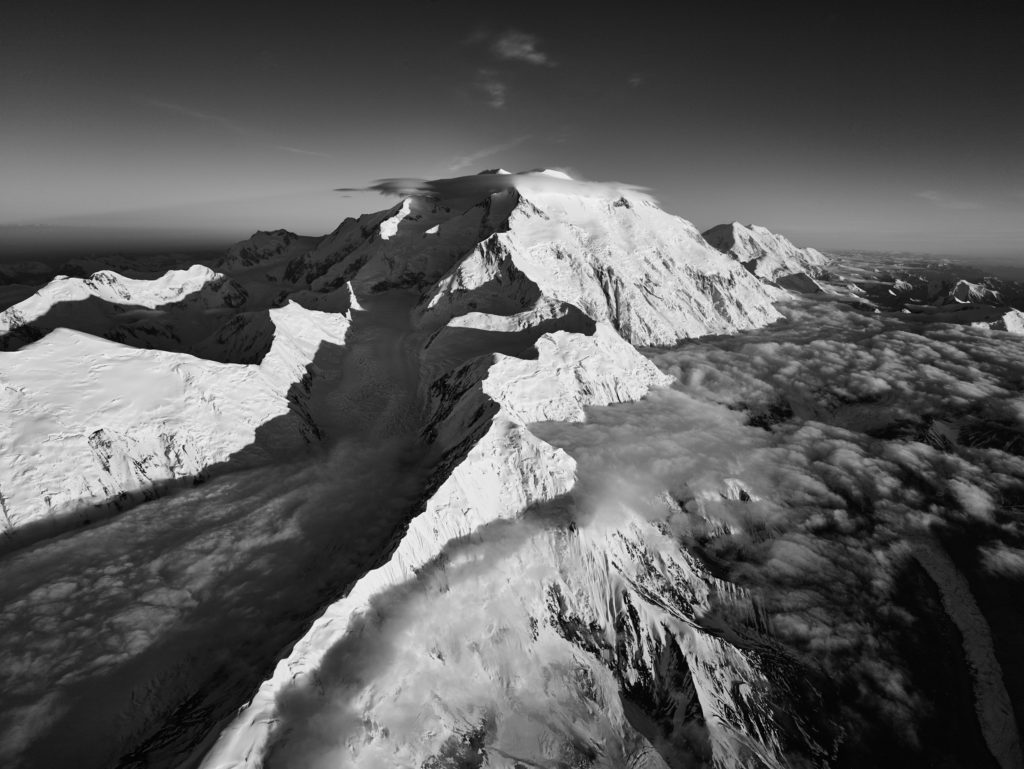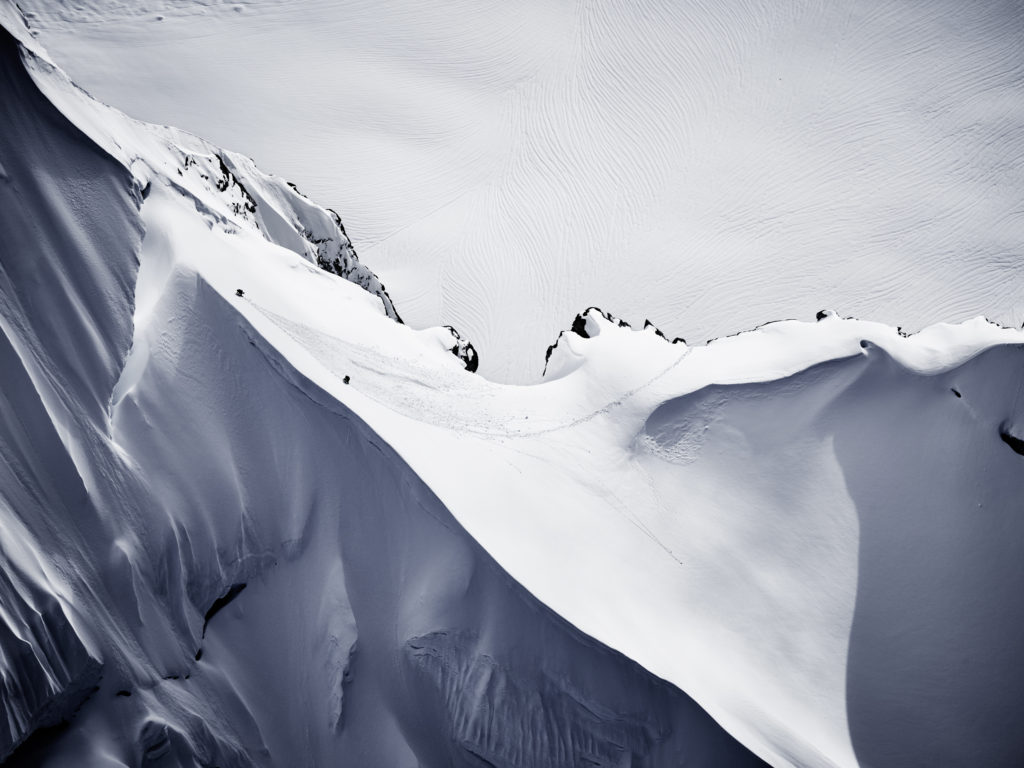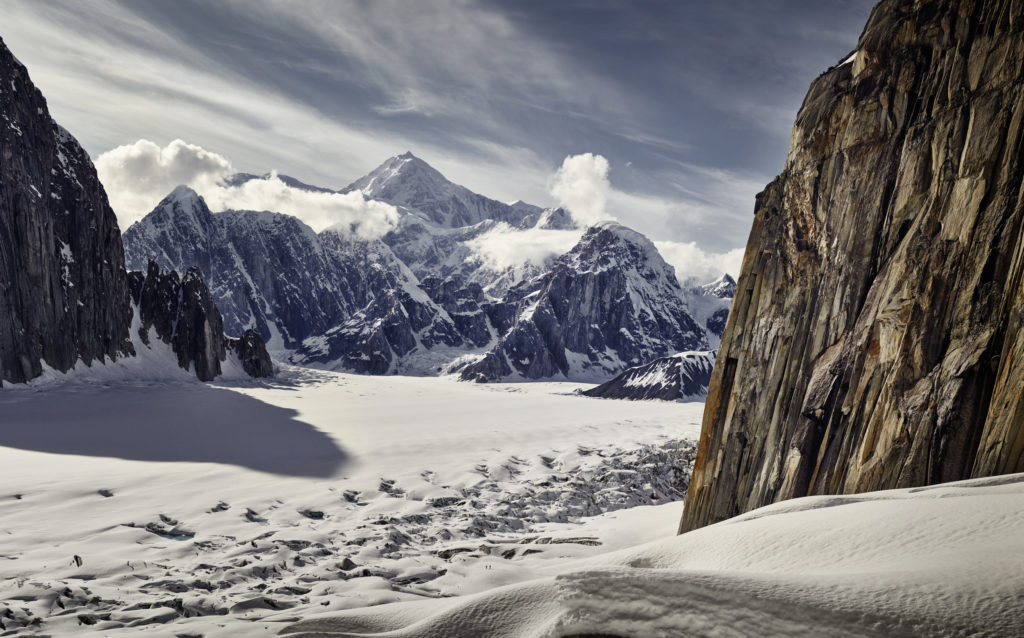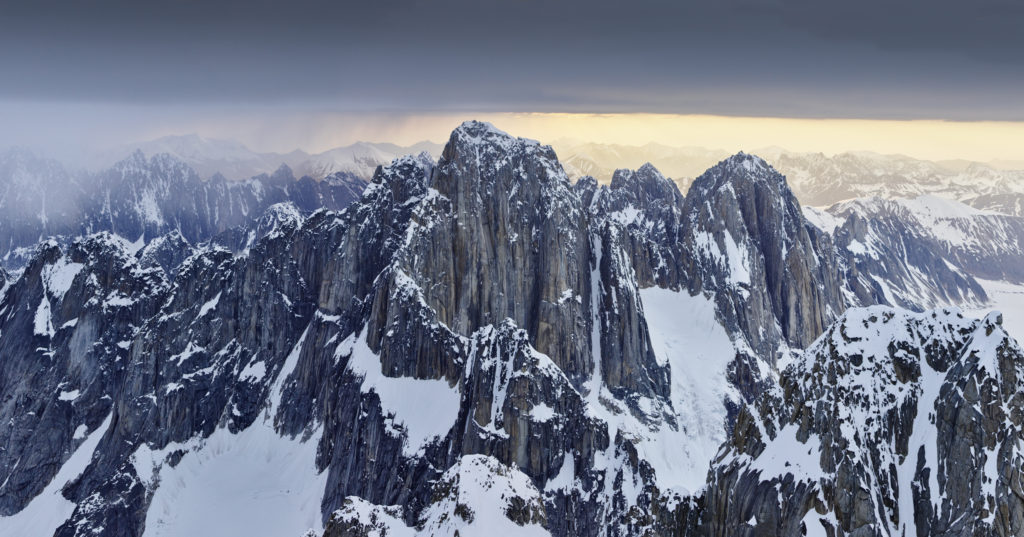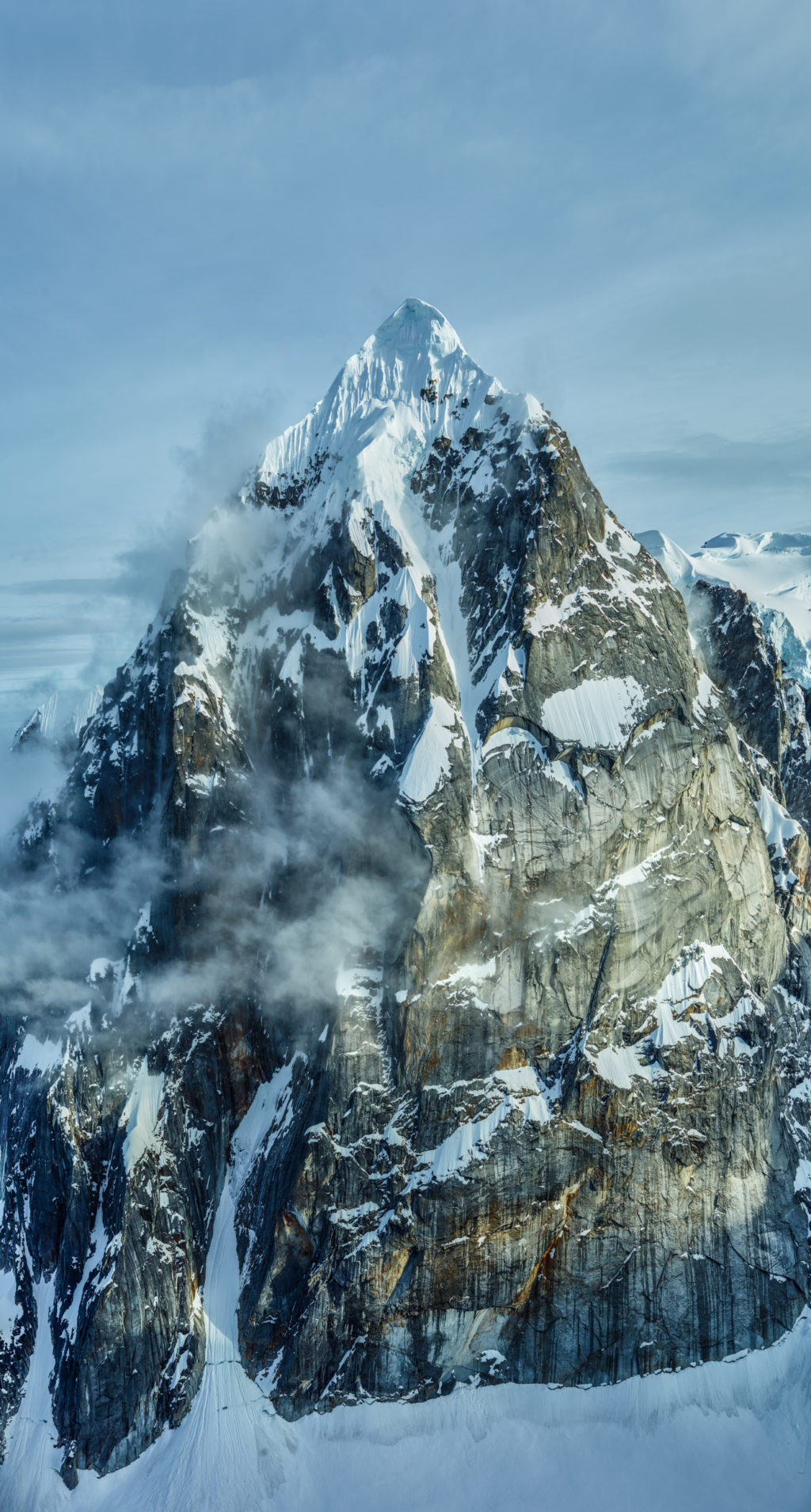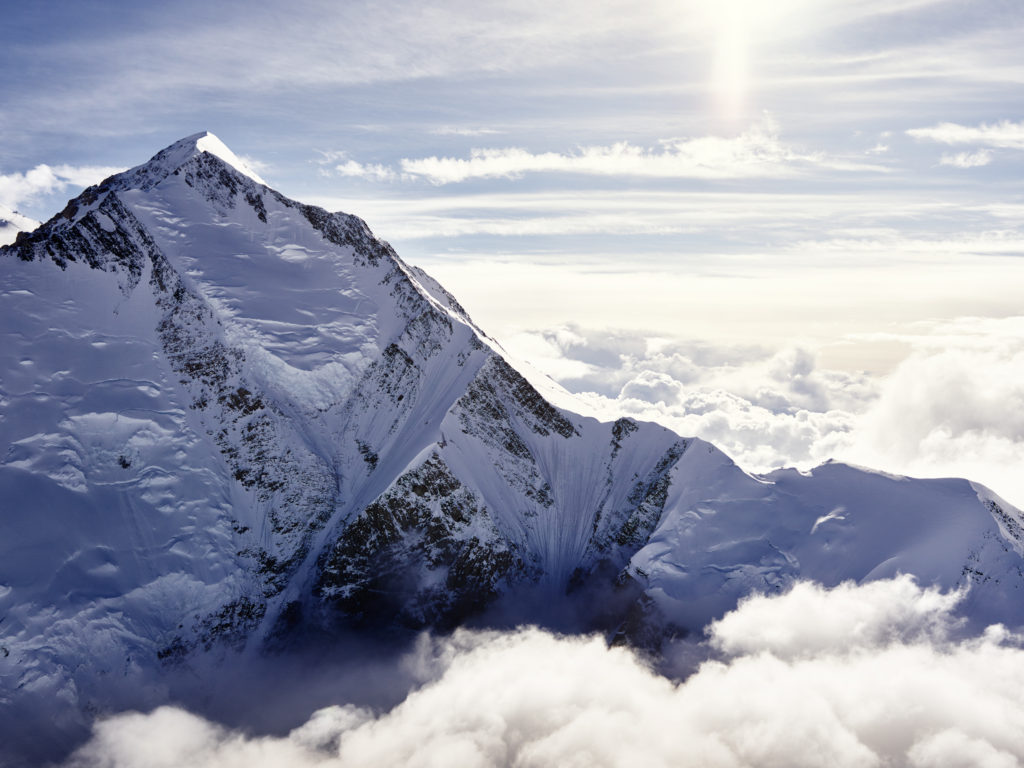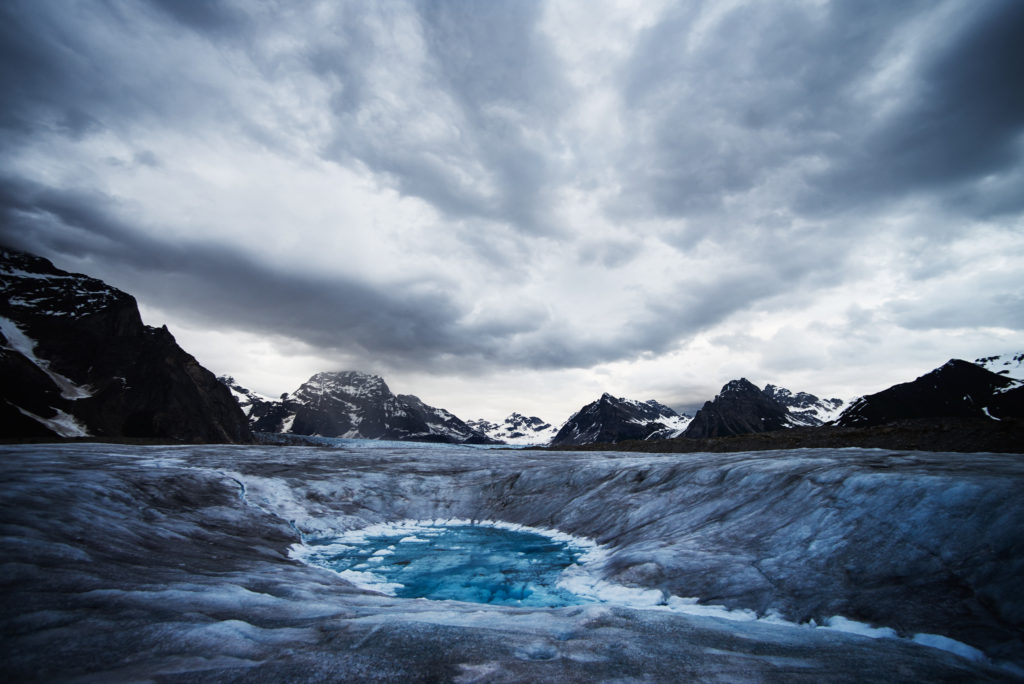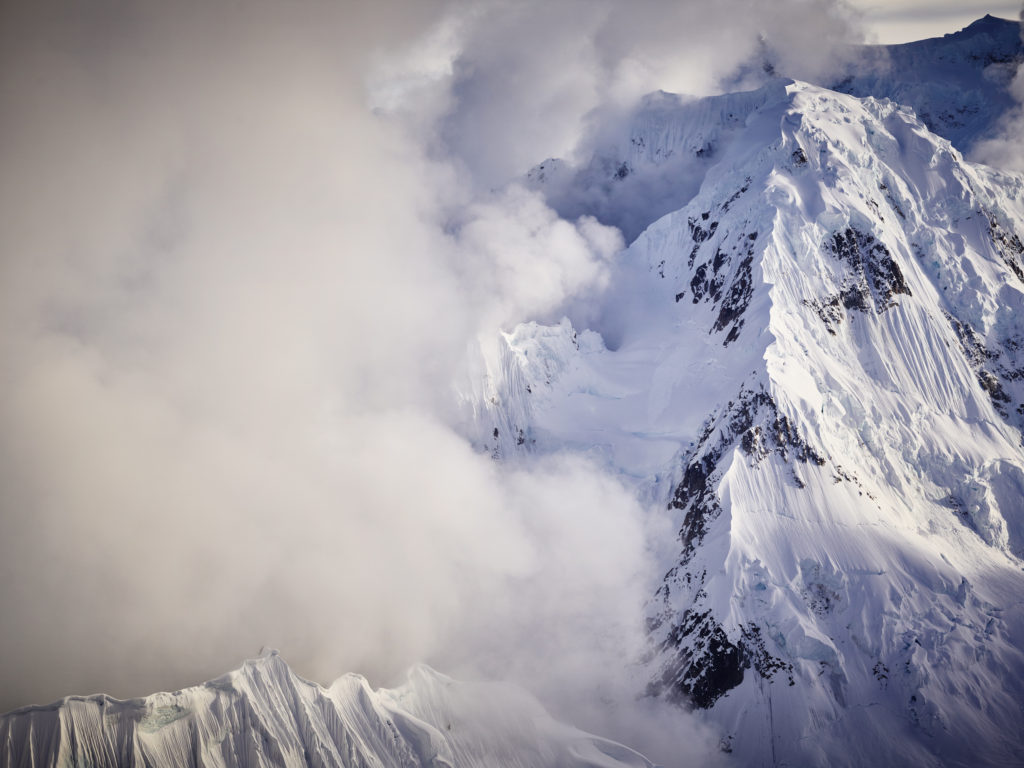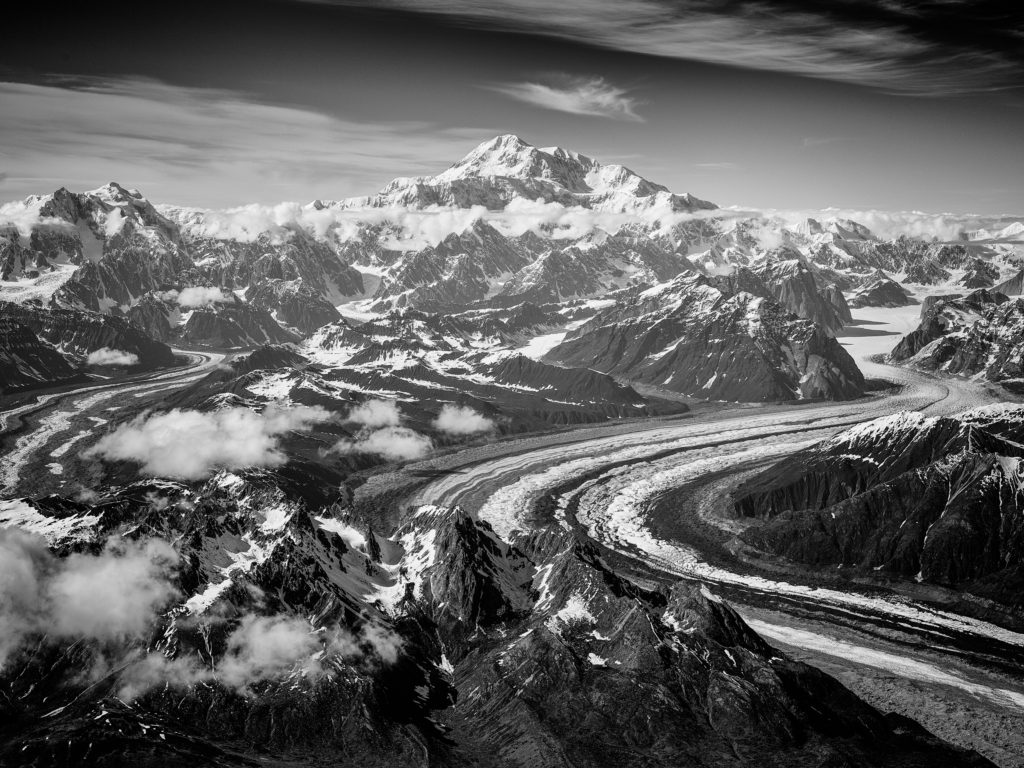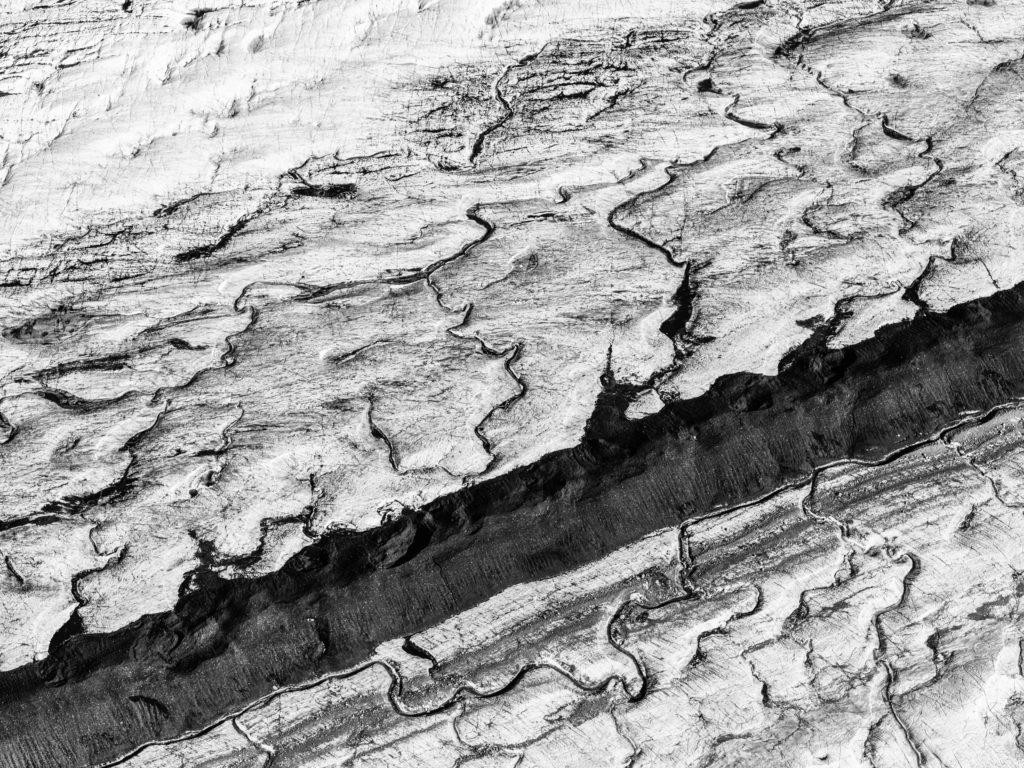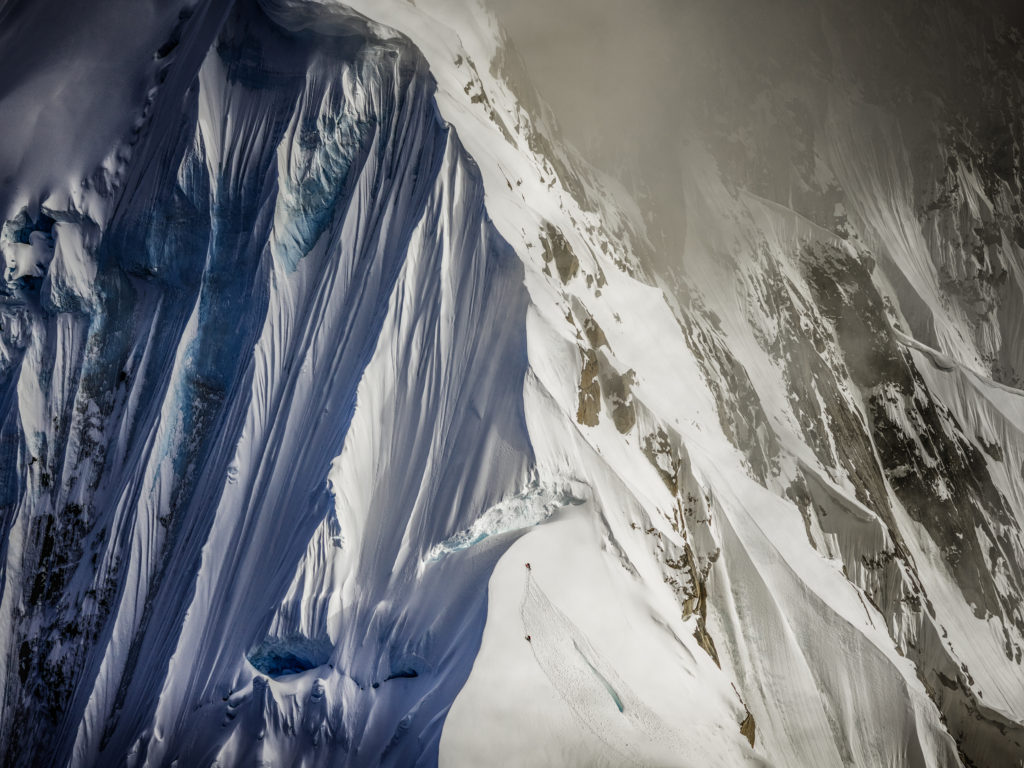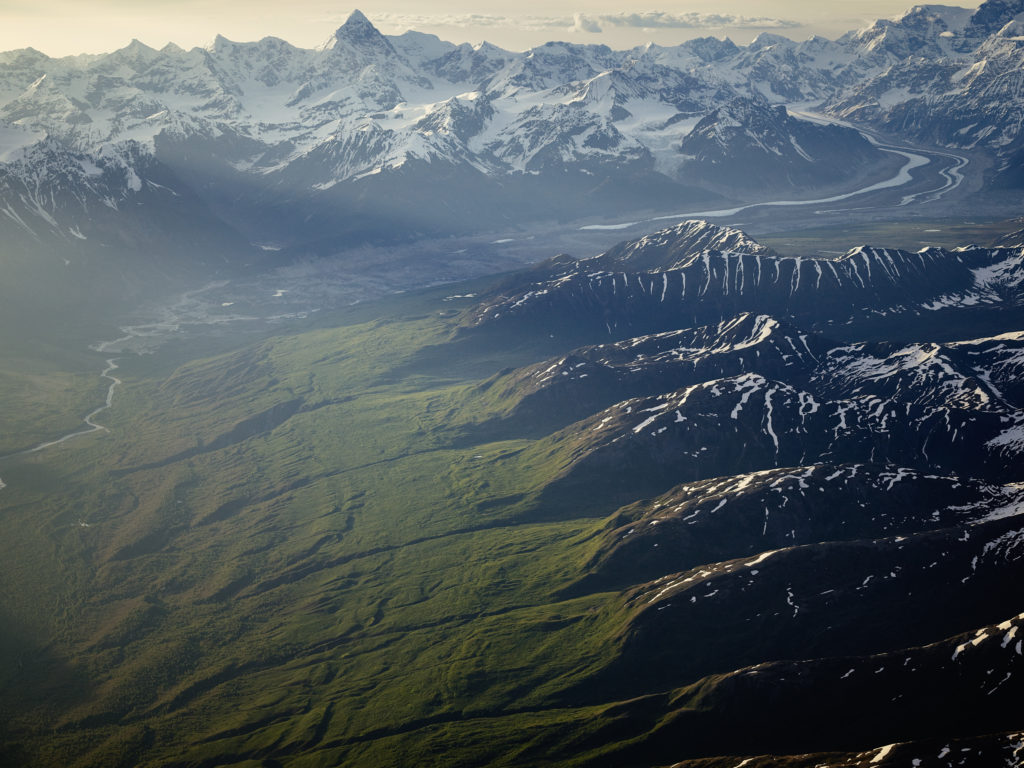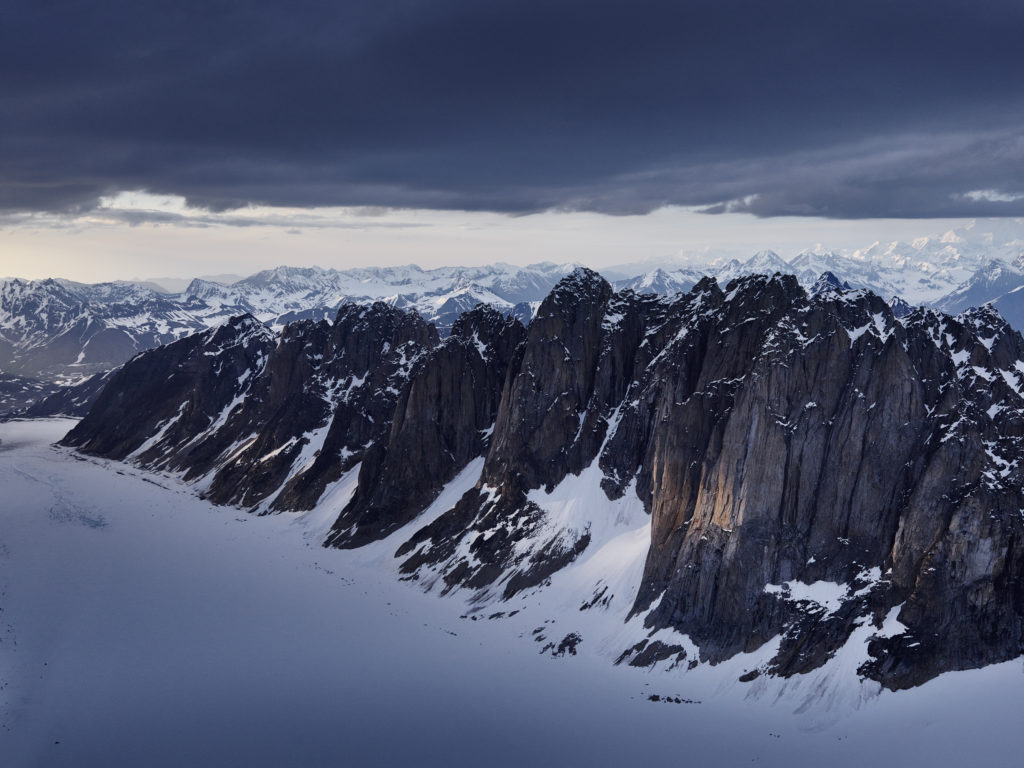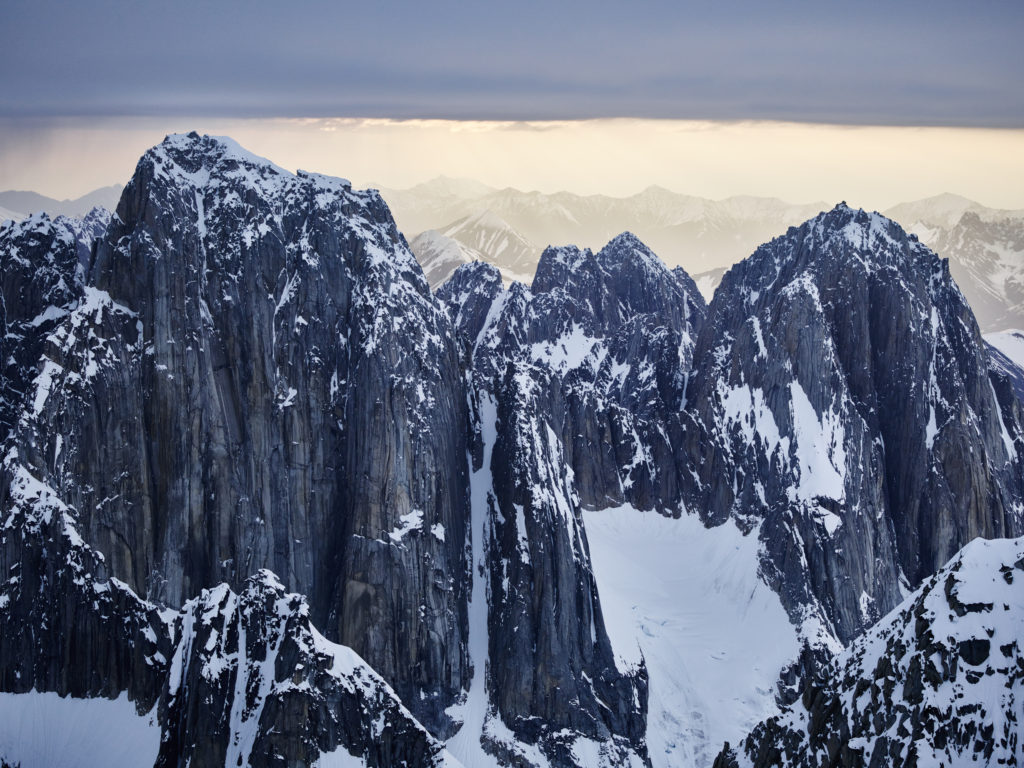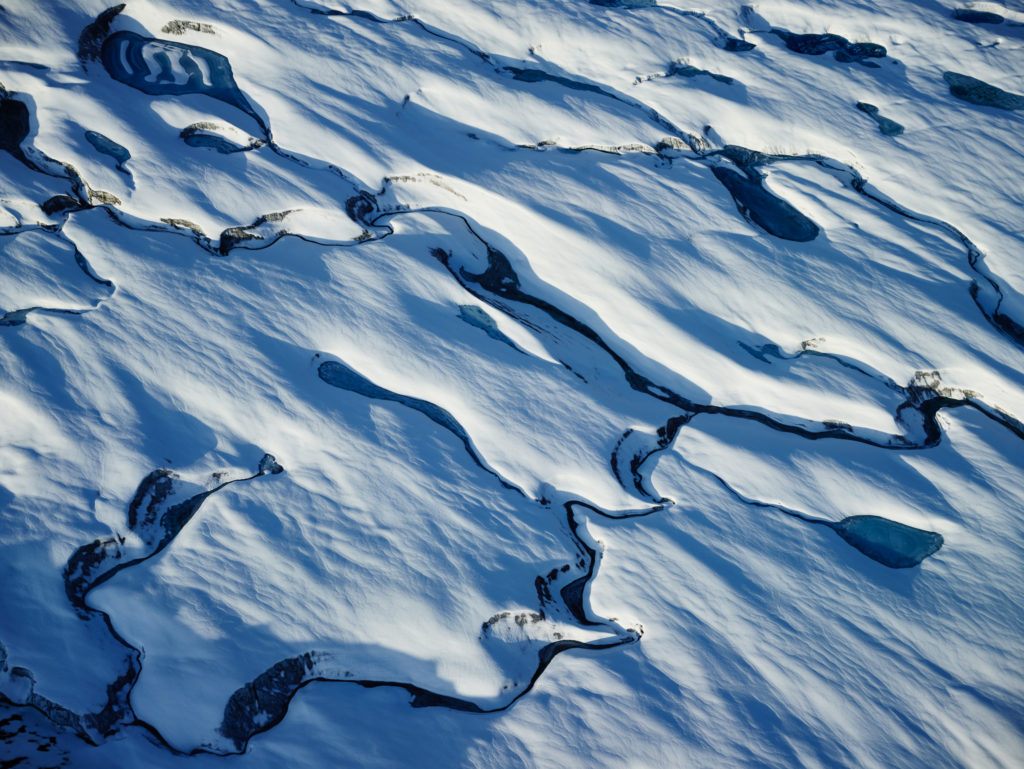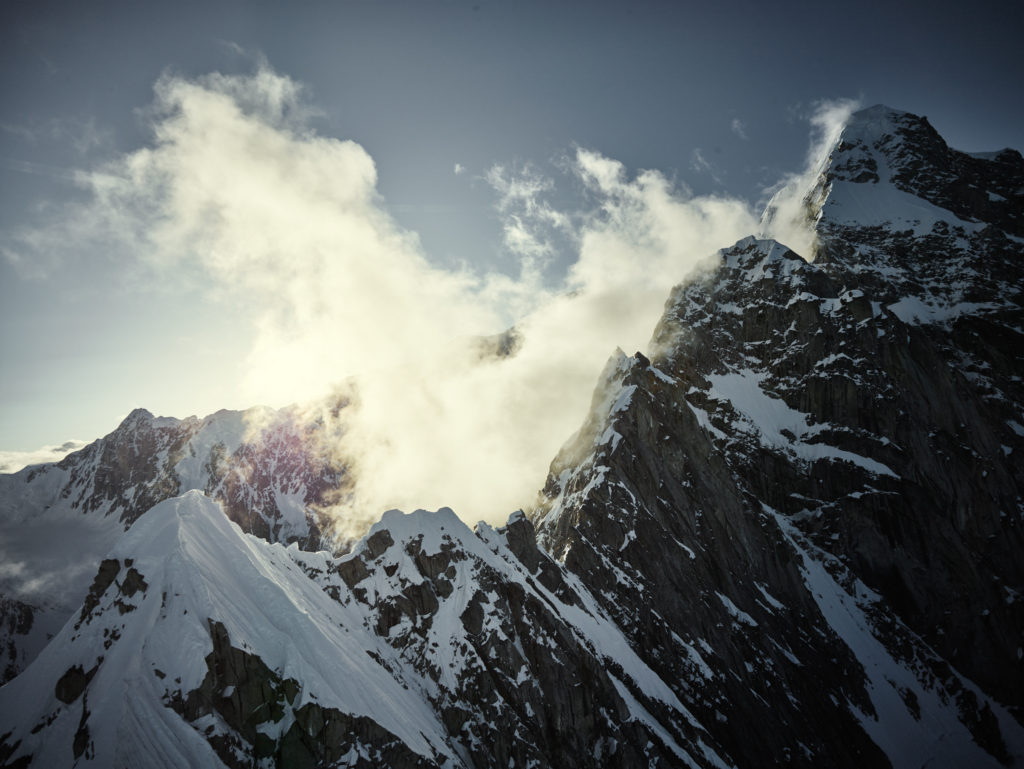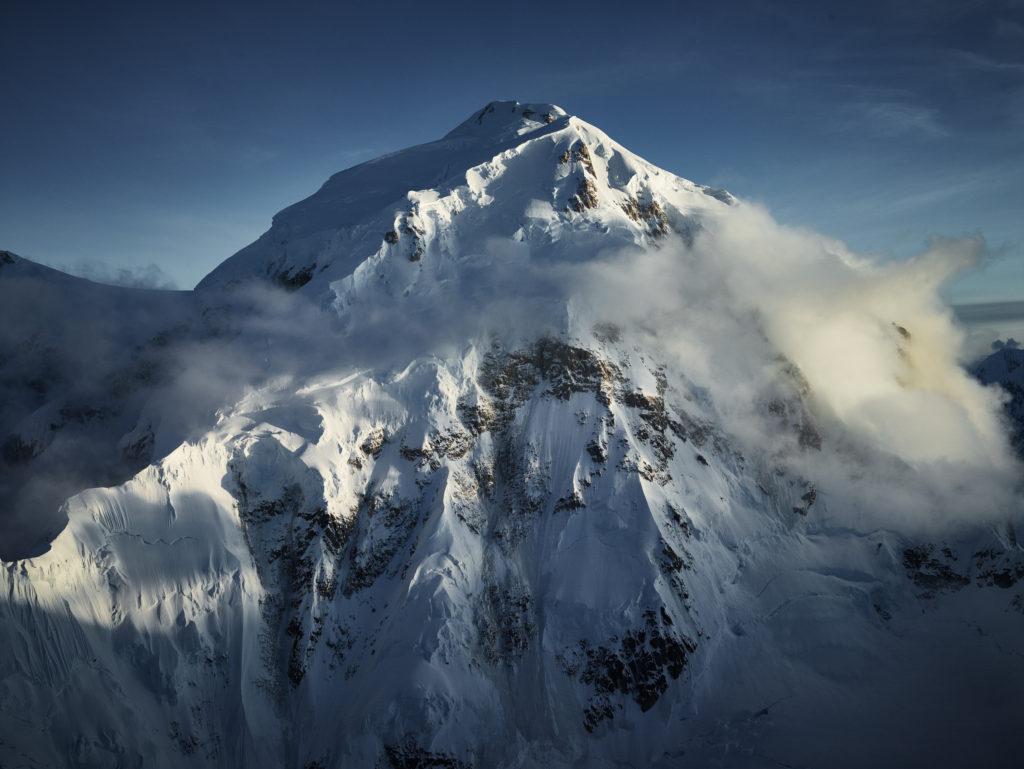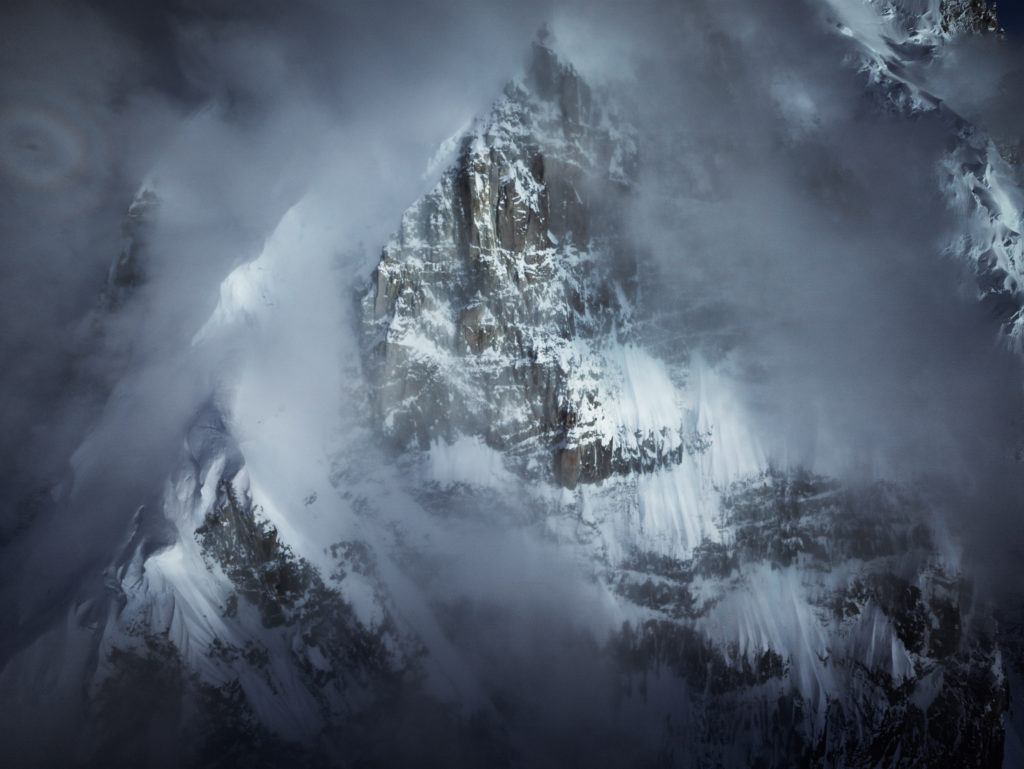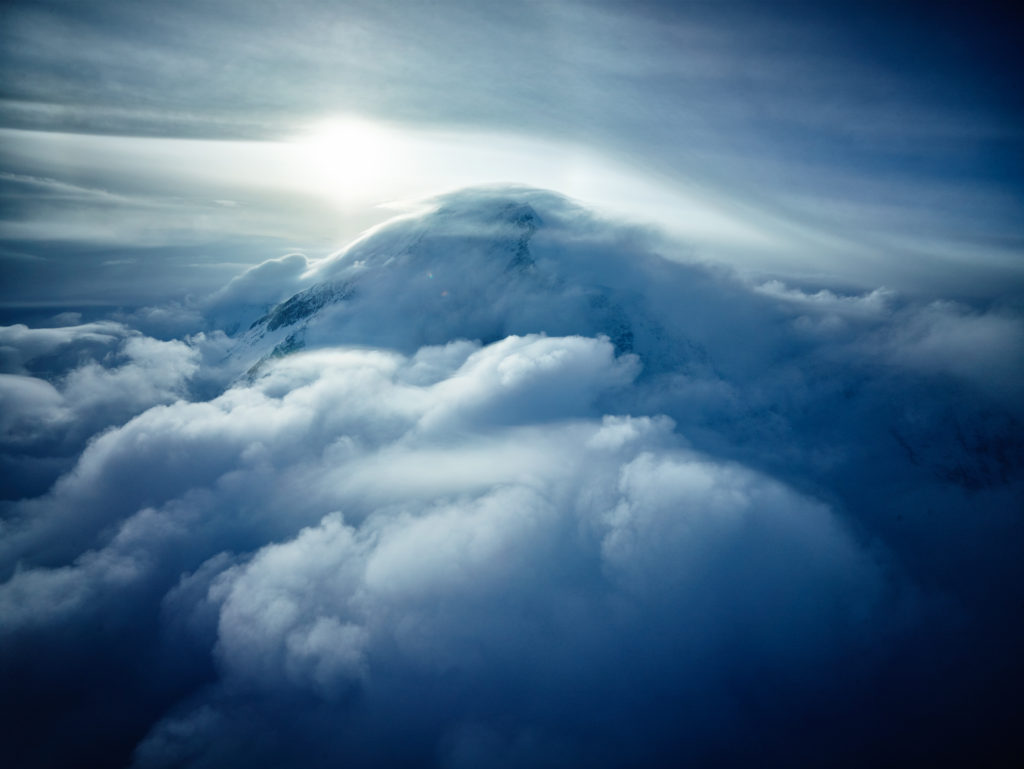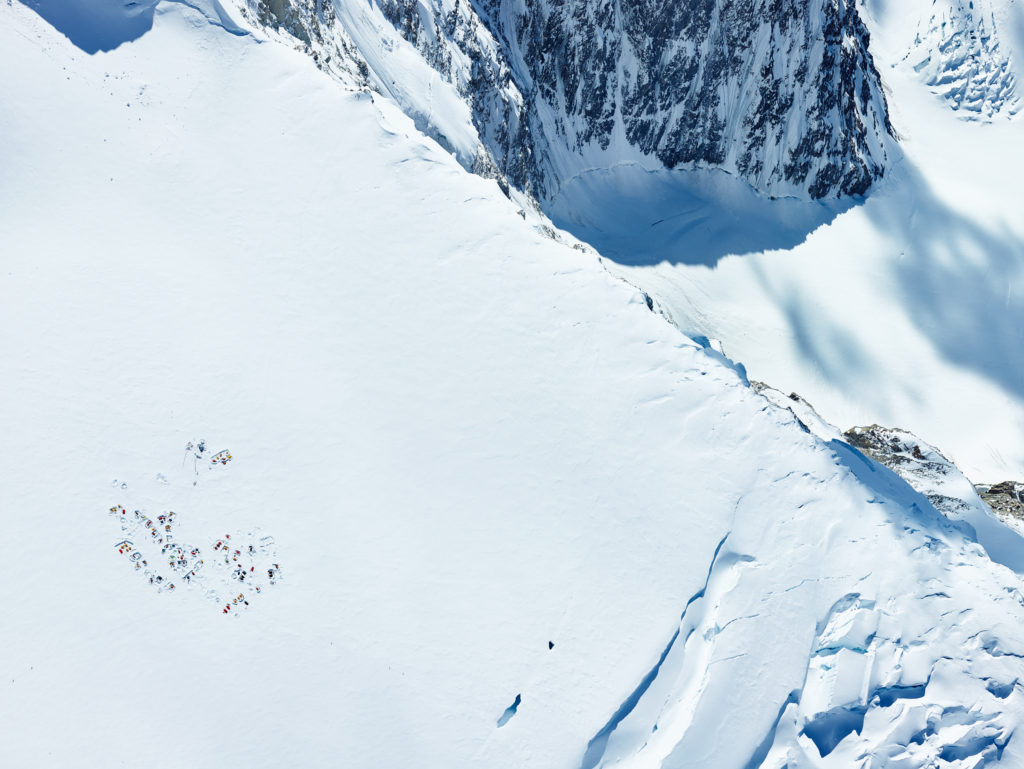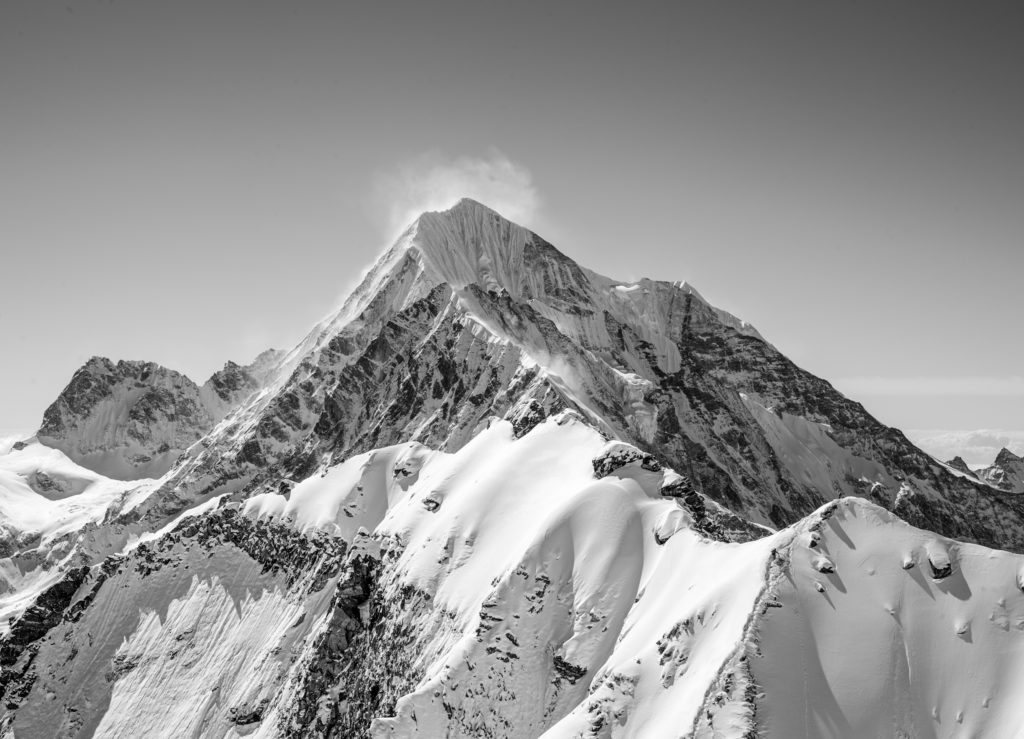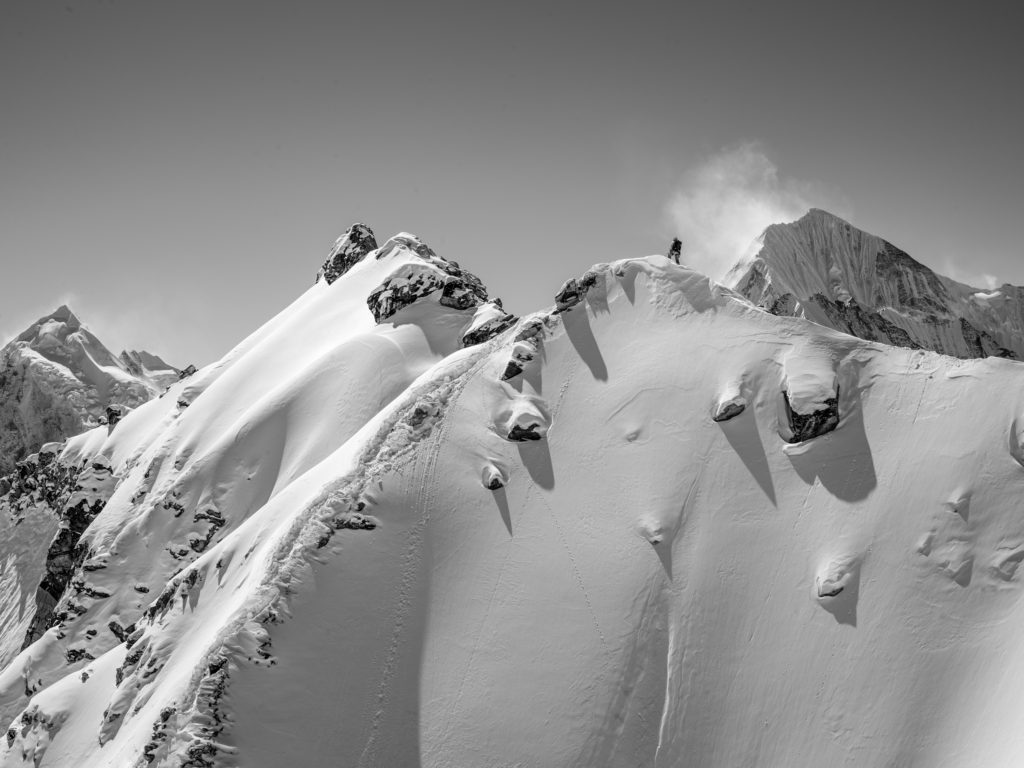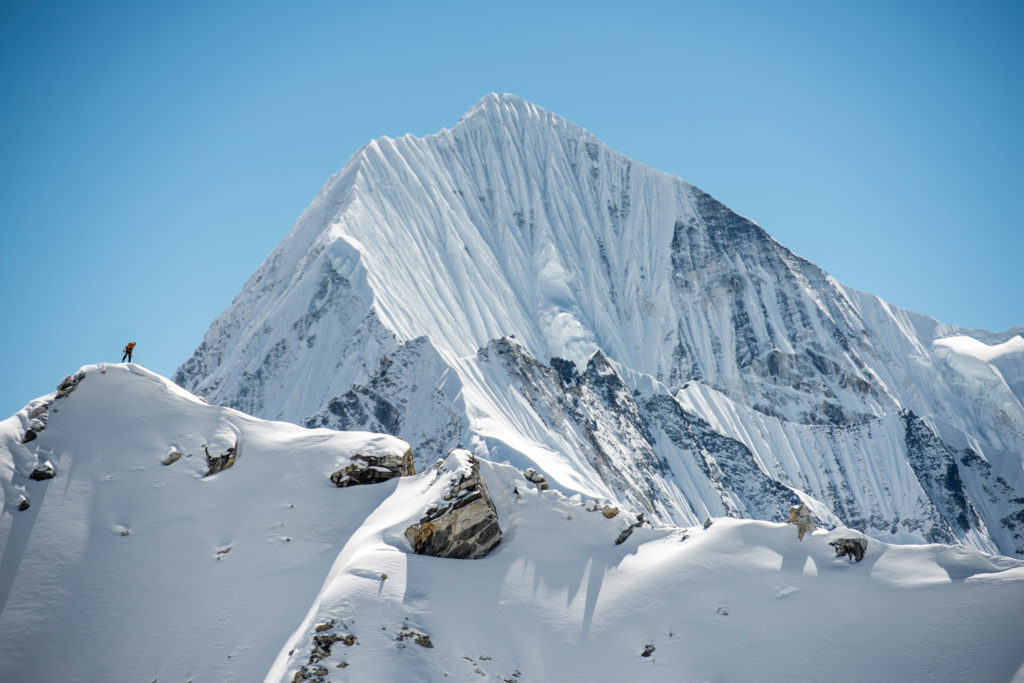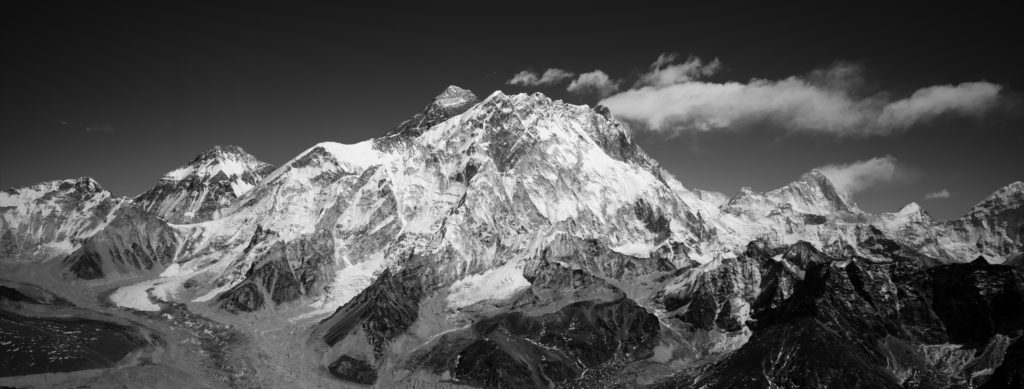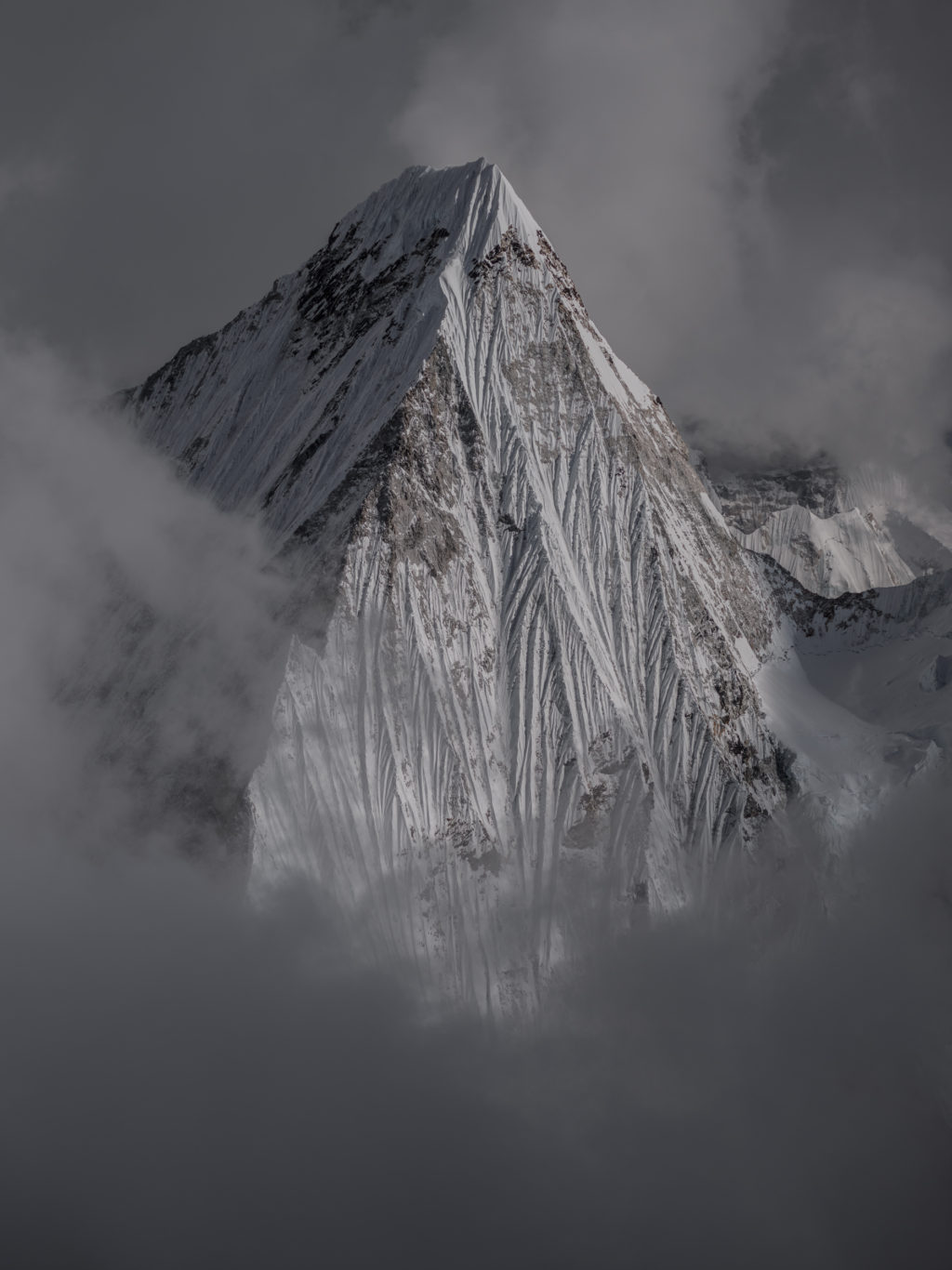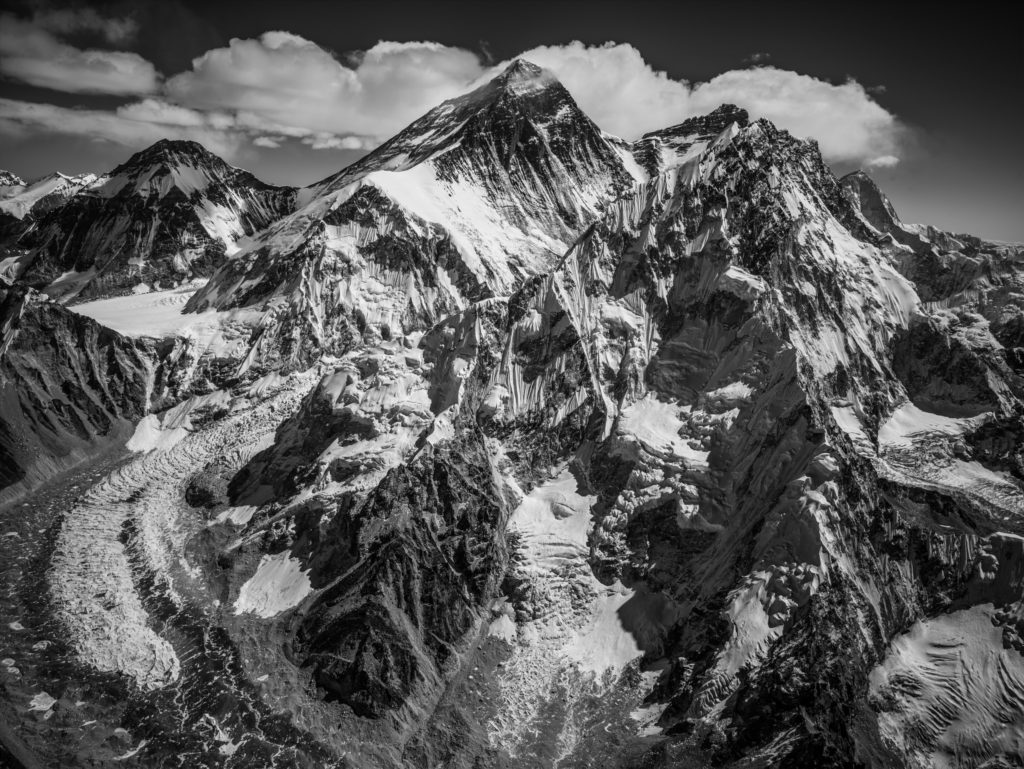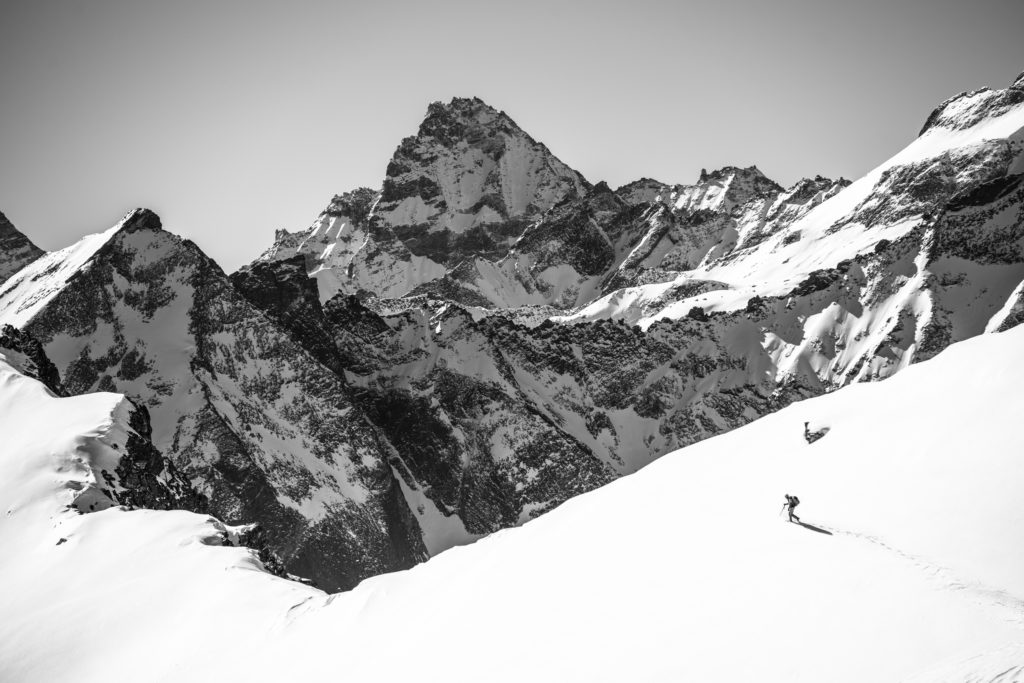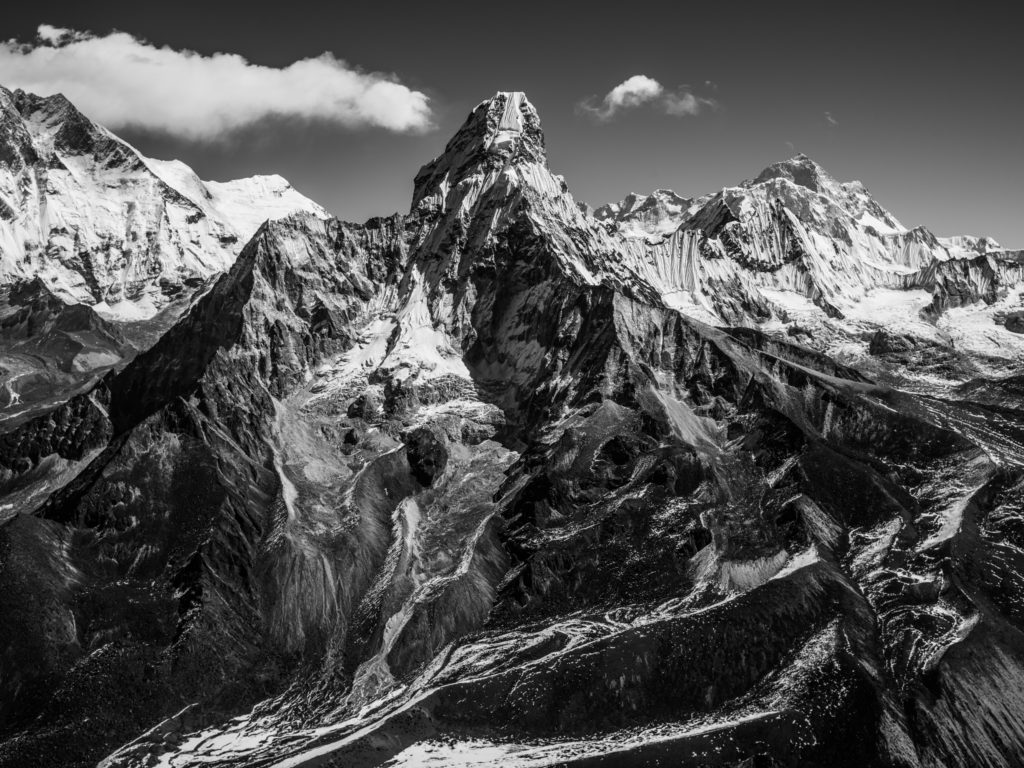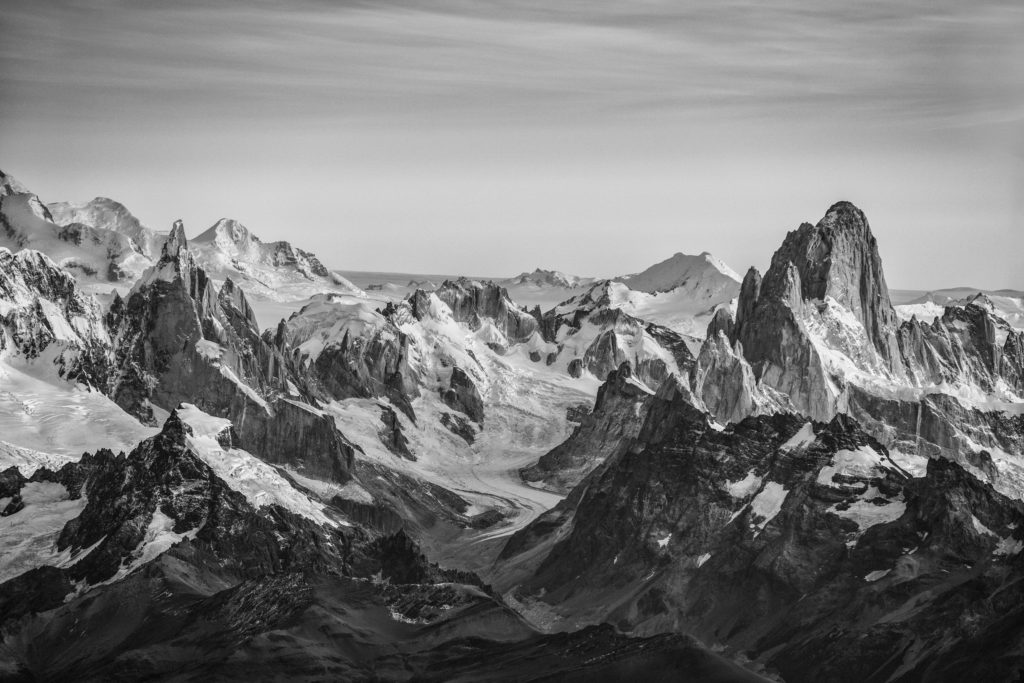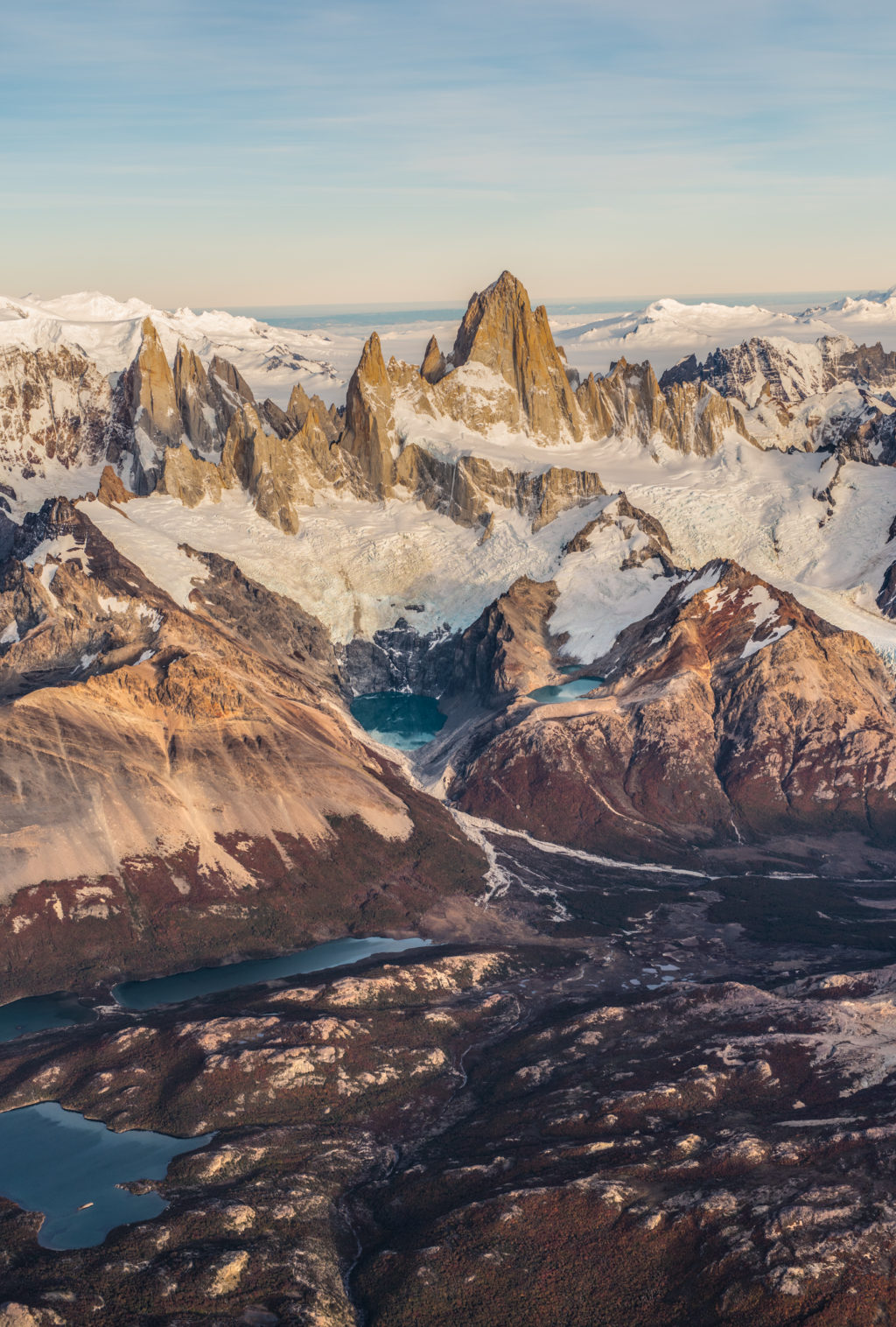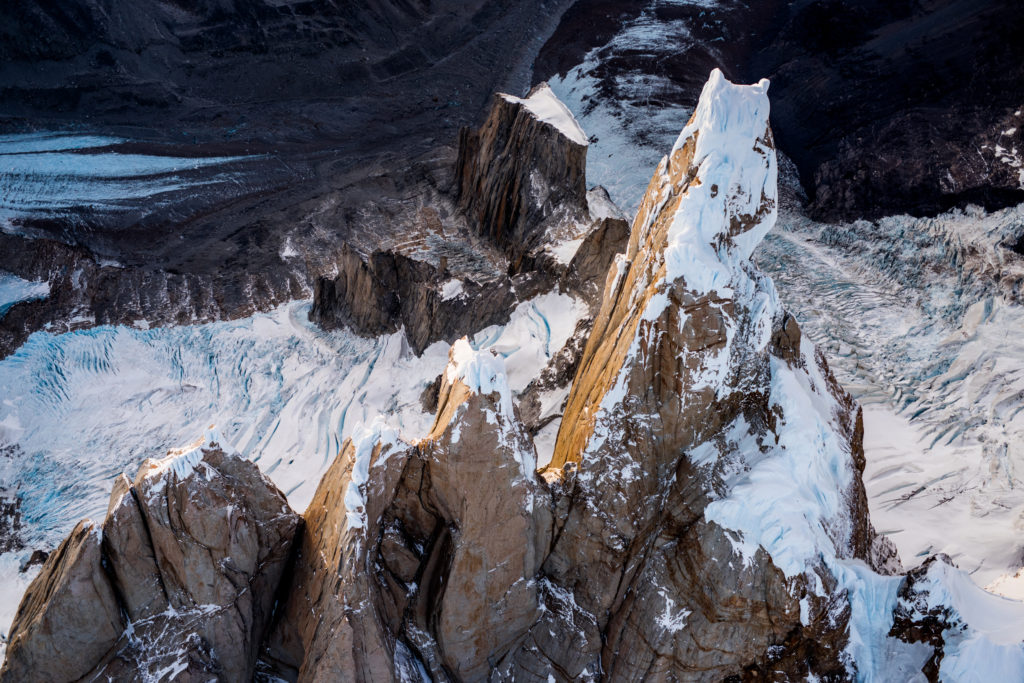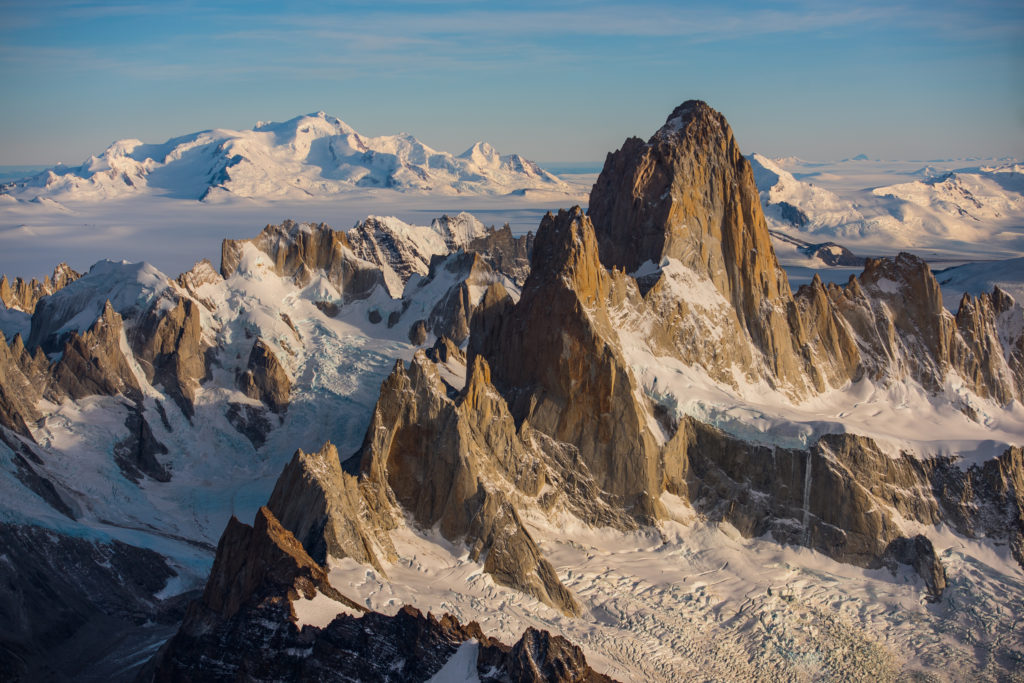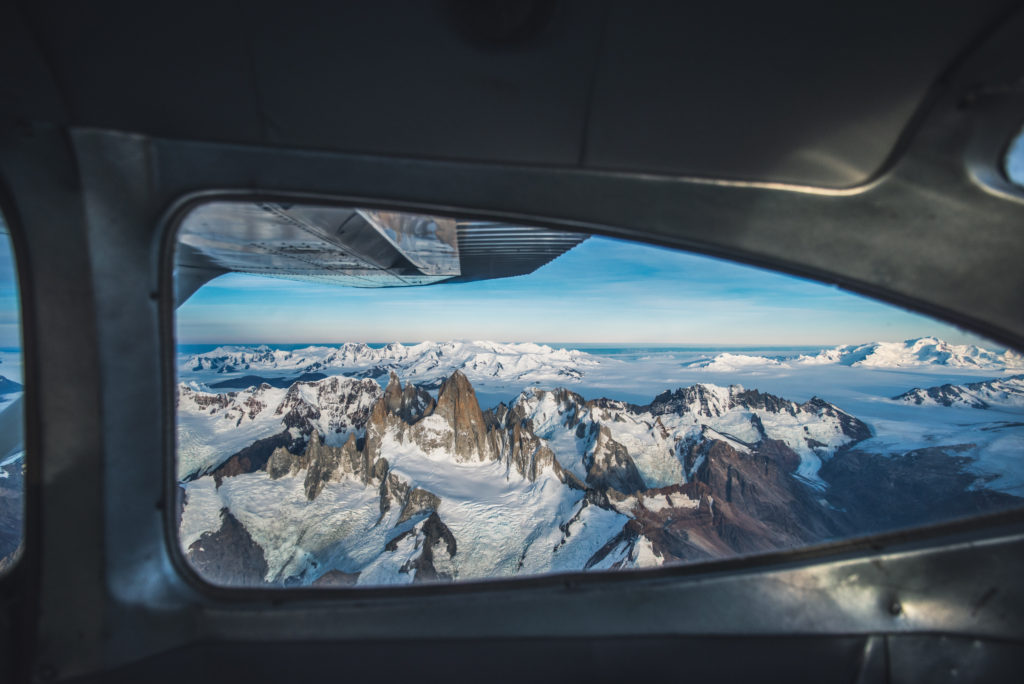With the term ‘adventure photographer‘ being used incredibly loosely these days, seeing the work of visual story teller Tim Kemple is an important reminder that there is still raw adventurers who refuse to stick to the beaten trails, all while they just happen to have a camera on their hip. In this day in age, when photographers seek out adventure ‘for the gram’, Kemple was born seeking adrenaline jolts, with or without a camera, as is evident in the SmugMug film that followes Kemple while he documents the dangers of ice climbing in Iceland.
Not being one to just capture his adventures with his camera, Kemple has found numerous ways to inspire others to get outside and enjoy the remote and rugged wilderness. He is a founding partner at Camp4 Collective, which is regarded as the gold standard for aspiring adventure filmmakers and directors. Kemple is currently touring with the Phase One Stand Out Photo Forum across North America in which he tells his fans about the “importance of creating a voice in the noise of content creation. How sharing your story is as important as ever. And how having a goddamn opinion is a creative director’s dream.”
With tour stops in Toronto, Los Angeles, and Phoenix scheduled, there is still a chance to get a look into the mind of a creative genius who ushered in success by letting the adventures he lived tell the story.
Eager to check out Kemple’s talk in Phoenix, I checked into his latest projects and was amazed to see one of his passion projects was coming to life. He told me “I’ve been finding time to slowly tick off my ‘bucket list’ of documenting the most badass mountains in the world from high altitude helicopters and airplanes”
Being obsessed with mountains, I sat down with Kemple to review the project and how the inspiration came about.
We are giving away passes to both the Phoenix and Los Angeles engagements. Details on our Facebook page*
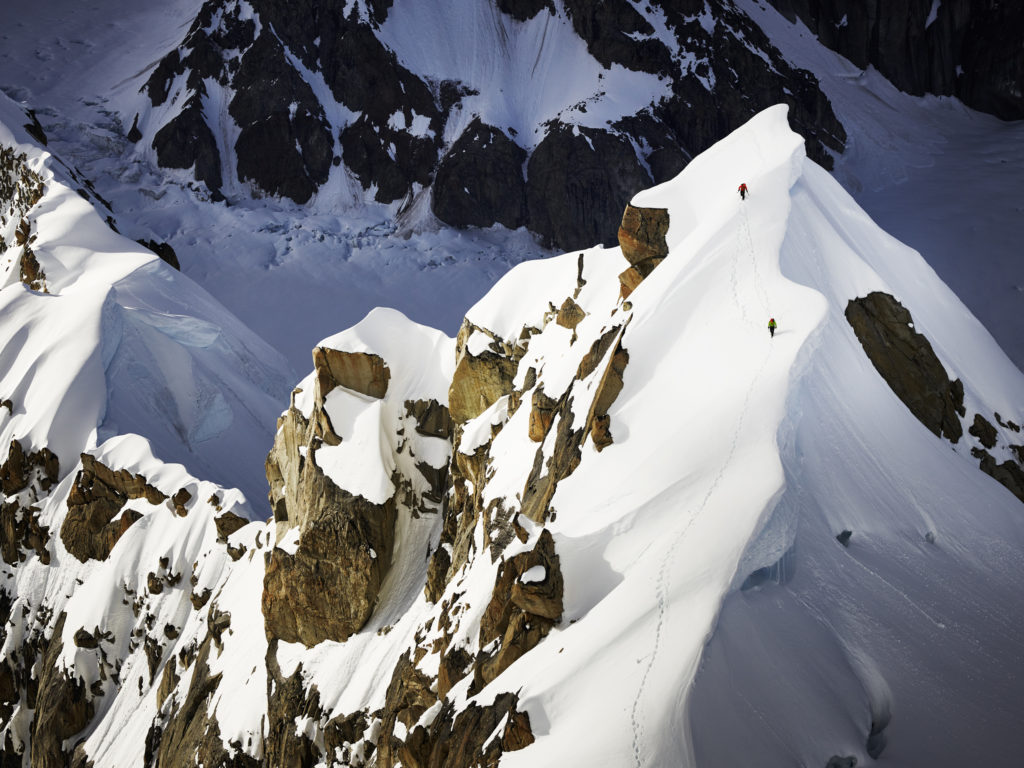
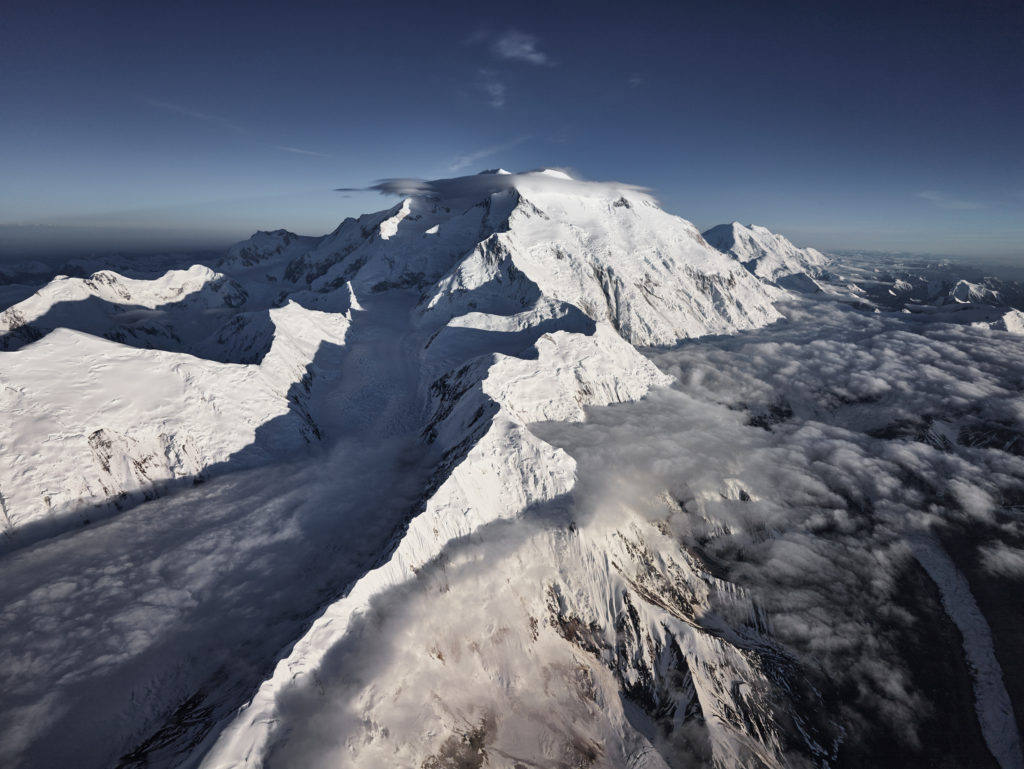
Resource Travel : “You describe this as a ‘bucket list’ project – why? Where and when did this fascination with aerial mountain shooting come from?”
I’ve always been fascinated by the mountains. Call it a genuine obsession honestly. I grew up rock climbing and skiing and these are two sports I’m still very active as an athlete in today.
But as anyone who’s spent time in the big mountains of the world will tell you, patience is the key to success. Patience on weather being the biggest. But flying in a helicopter or planes in these places is expensive especially if you want to do it safely. So I’ve been taking my time and trying to tick off my list in a calculated way.
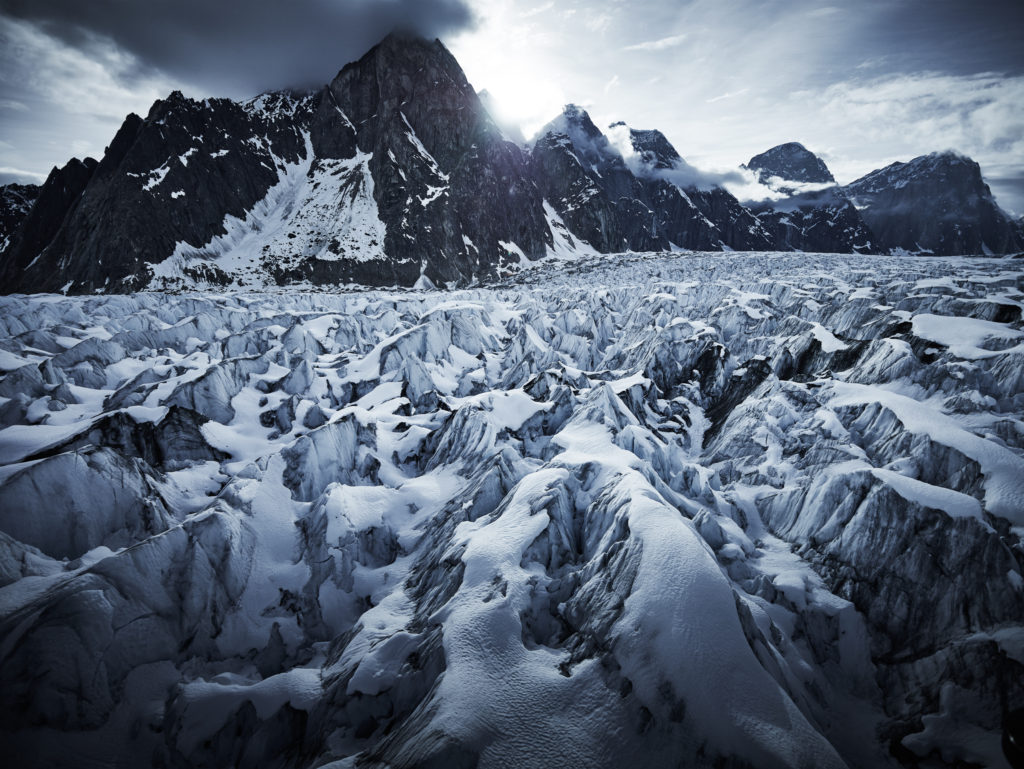
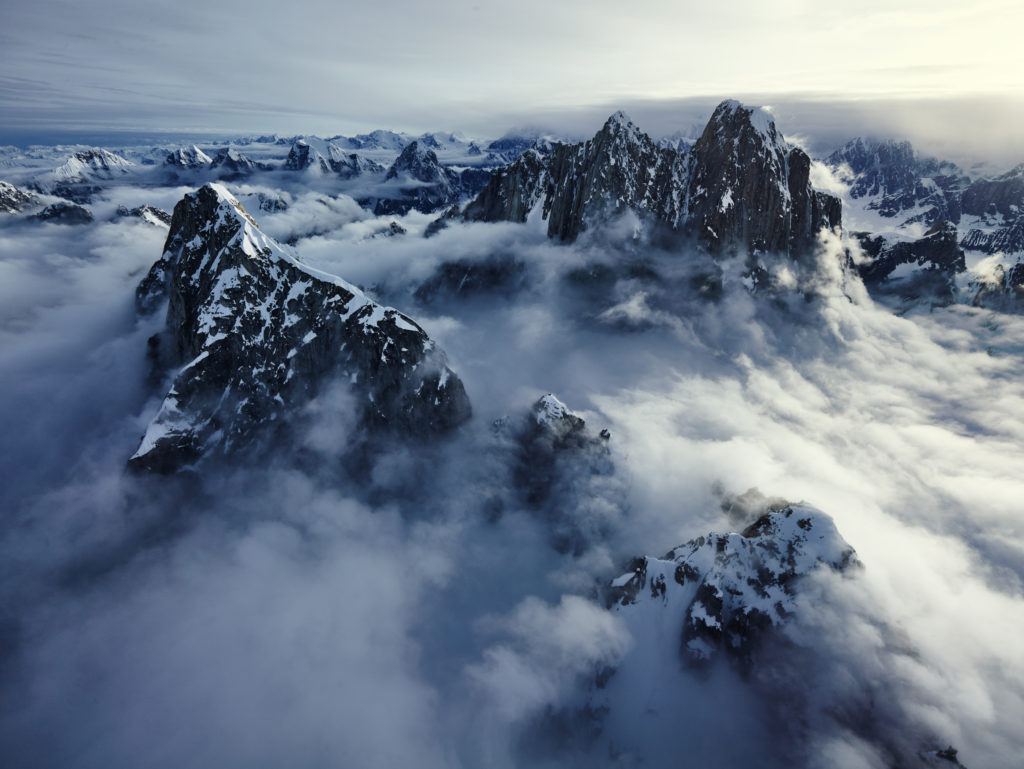
How did you choose your locations?
Well it’s a work in progress but my hope is to capture the 7 summits as well as some of my favorites in between. Then share the work in a creative way.
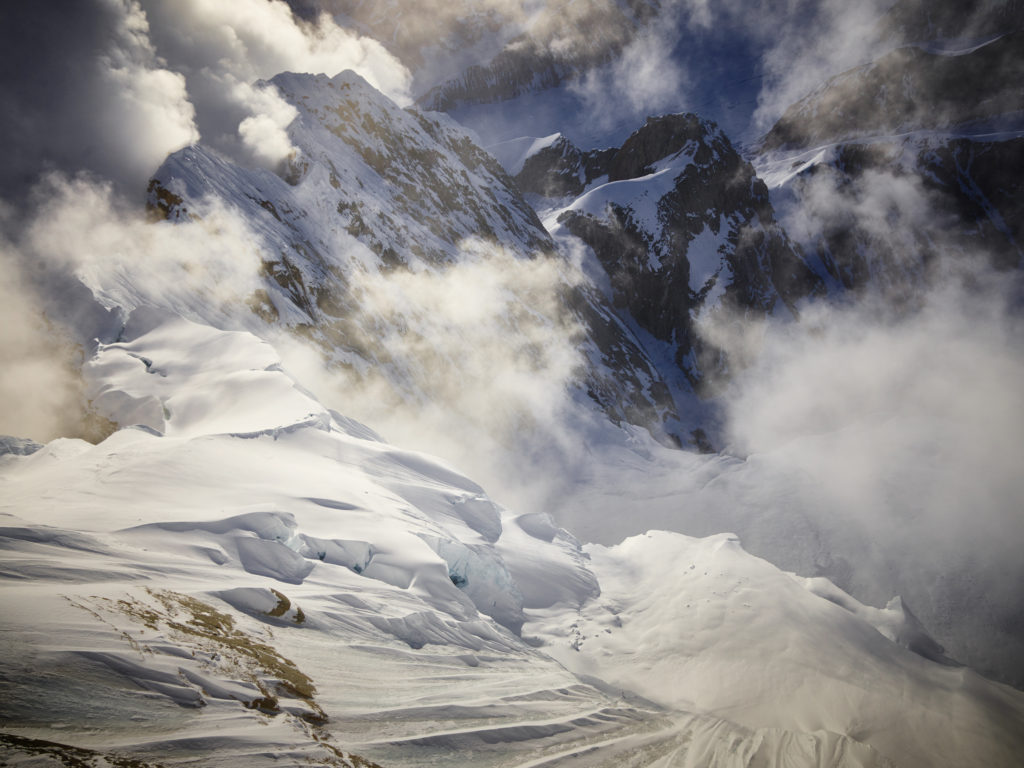
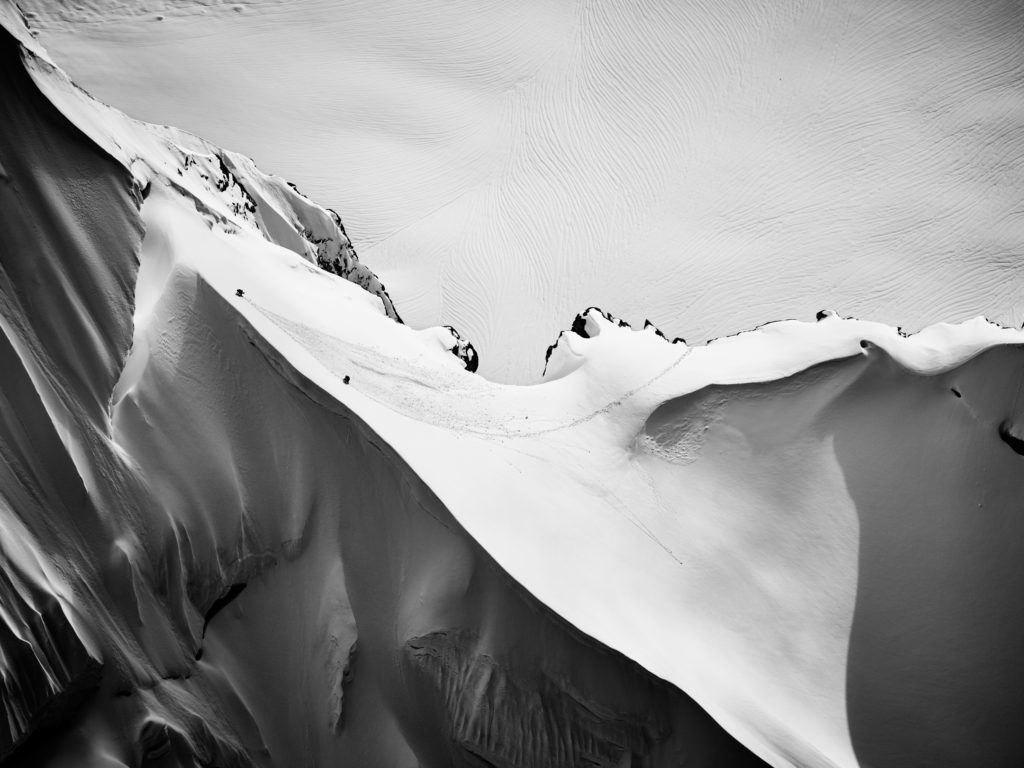
Can you describe how much preparation your shoots required?
It depends on the location, the weather and the mode of transportation. The images of Mt Everest and the Himalaya took weeks of planning and waiting on weather. The images from Patagonia came together in a few days when we saw the perfect weather window open up.
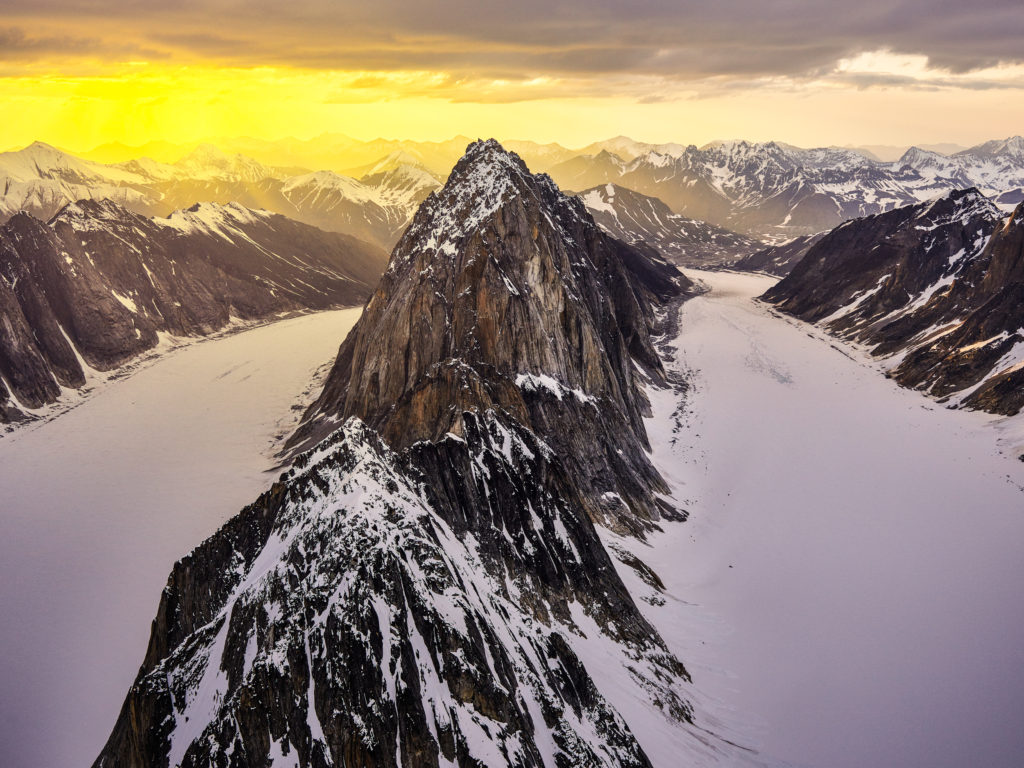
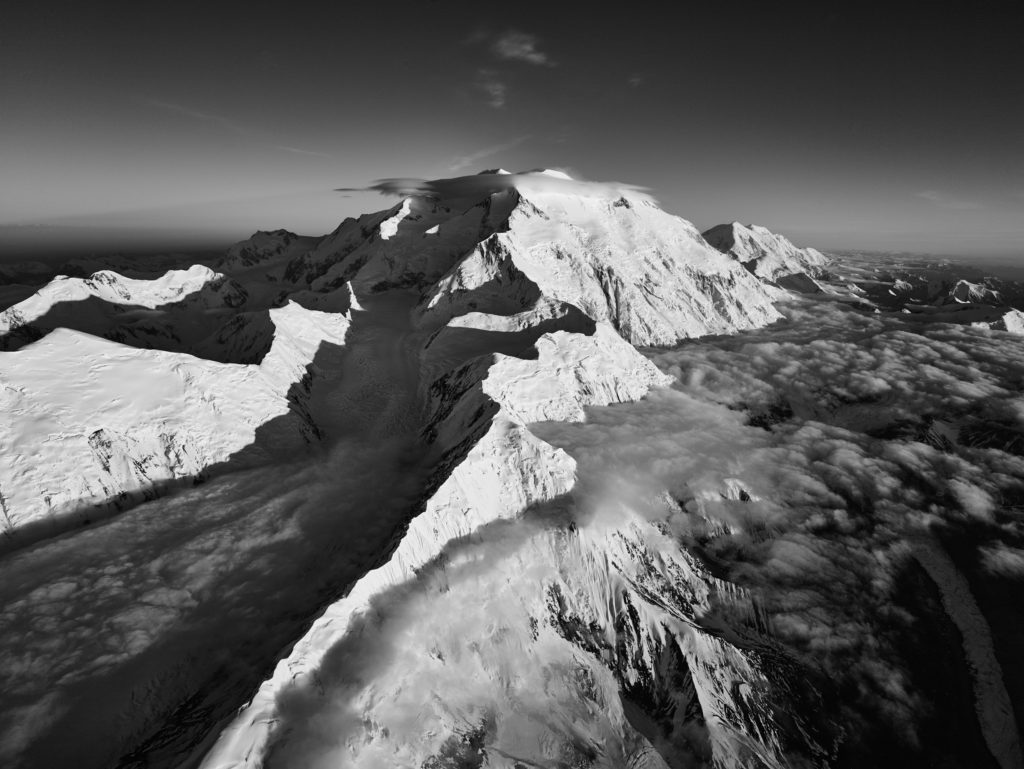
Can you describe a typical shooting day?
No day shooting is the same with the exception of preparing the equipment.
When you are in the high mountains you are making sure you have your oxygen and high altitude clothing. Even though you are in a plane or helicopter when you go up high and open the door it’s going to be subzero plus windchill out there.
There is a partnership with the pilots, some of the best in the world and we discuss the goals of each flight, ideal positions and scenarios as well as potential safety issues etc.
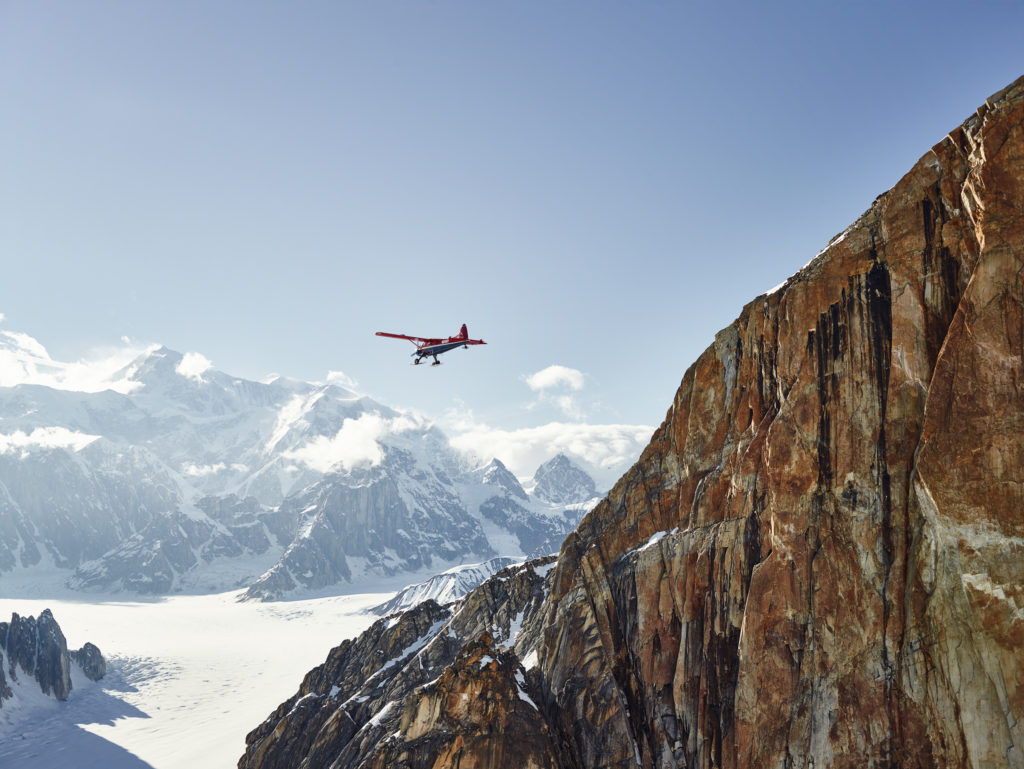
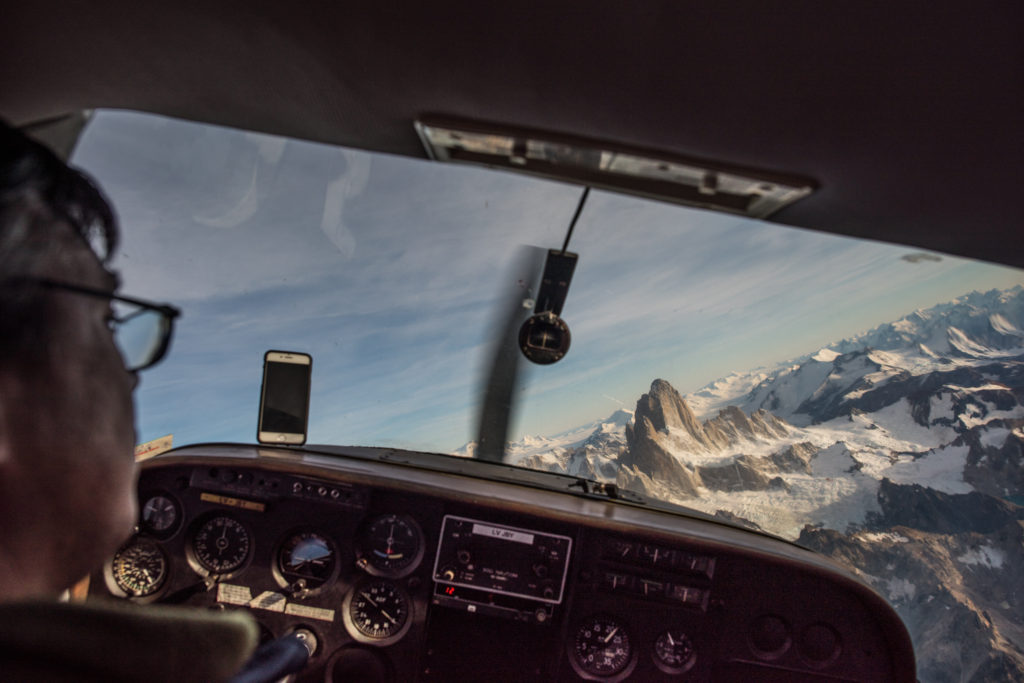
What were the risks involved with shooting such a project?
Flying in a helicopter is the most dangerous thing a photographer or filmmaker can do. It’s killed more DPs than anything else in the history of filmmaking. So you keep your flights short, smart and try not to take any chances.
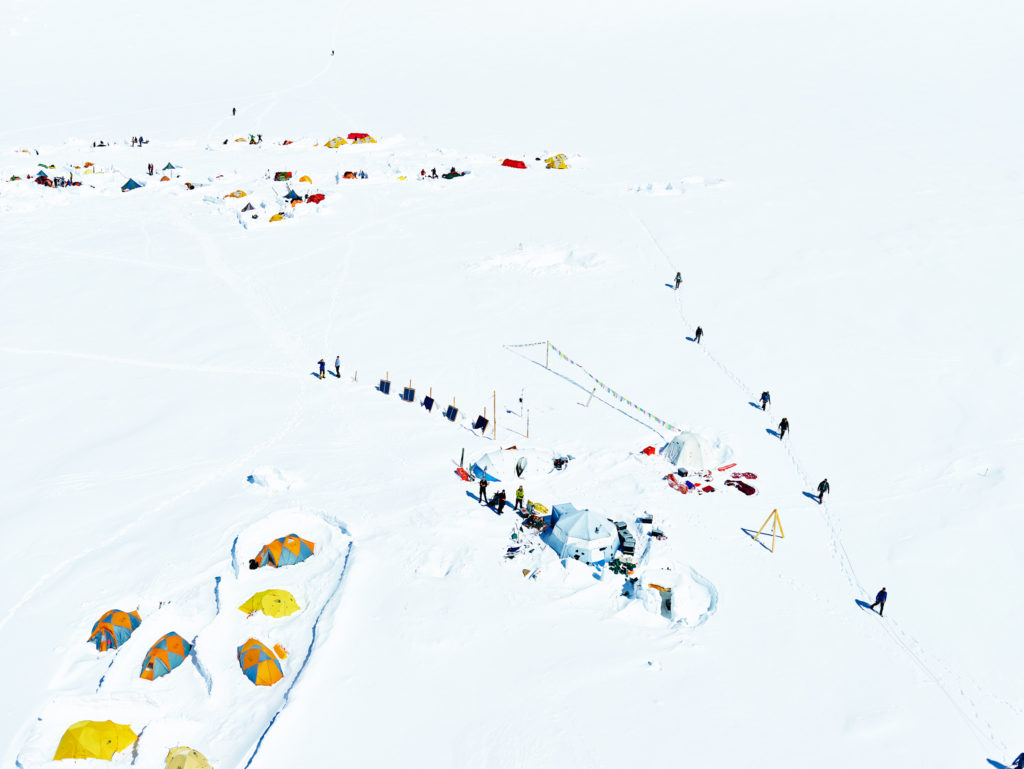
All those mountains are pretty incredible, but is there one that specifically stands out when you think back on the project?
Flying at 23,000′ opening up the sliding door and shooting Everest on a 80mp digital back was pretty hard to beat.
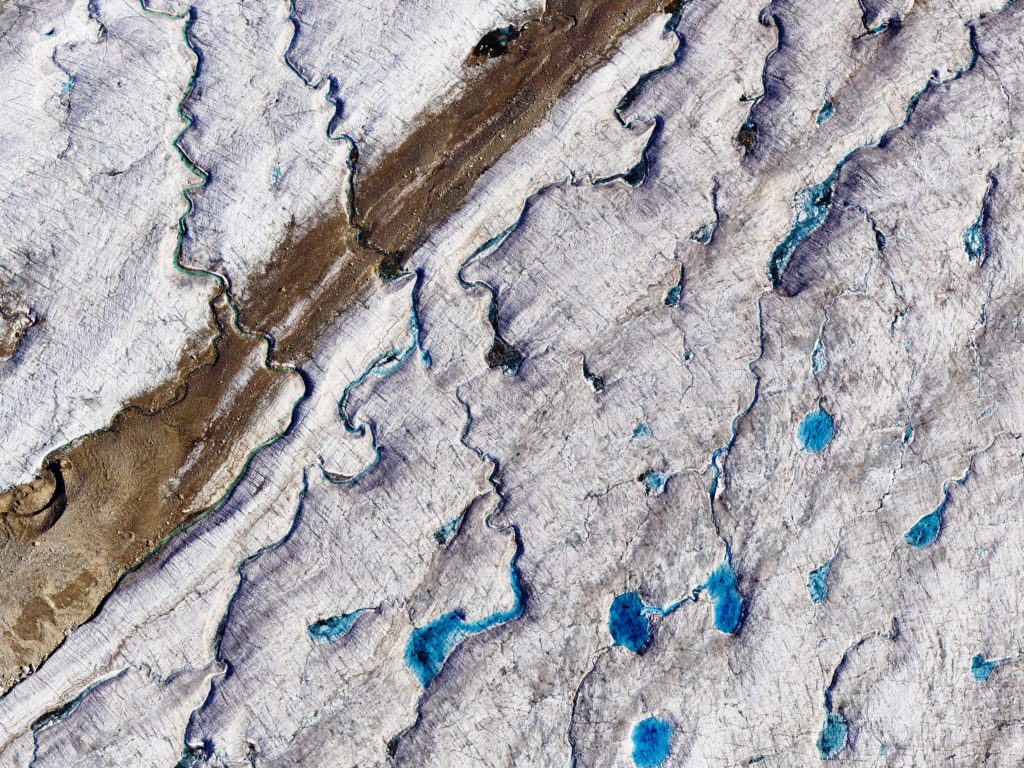
Was there a specific shooting experience or shooting day that stood out – and why?
They are all pretty special days. There was one day I’m AK where the clouds and fog while shooting sunset at midnight were extra special. We ate dinner under cloudy skies but then the fog parted and we went for an amazing flight. The pizza we had for supper didn’t really stay down too well but the photos are some of my favorite so far!
